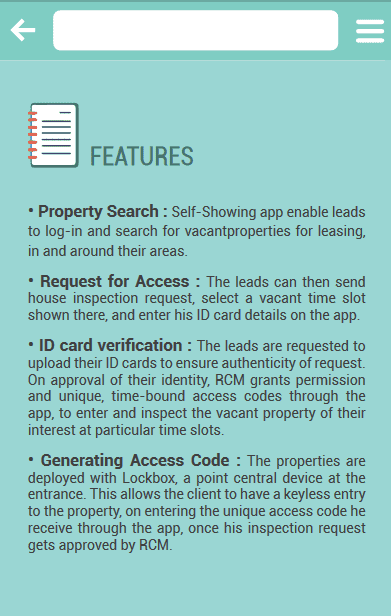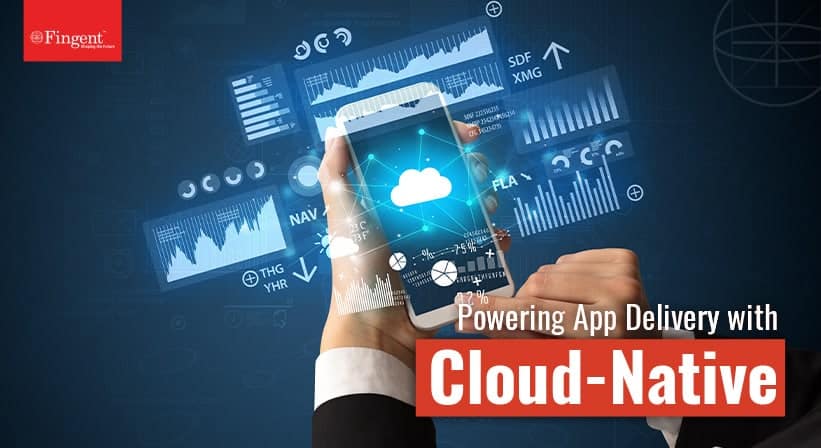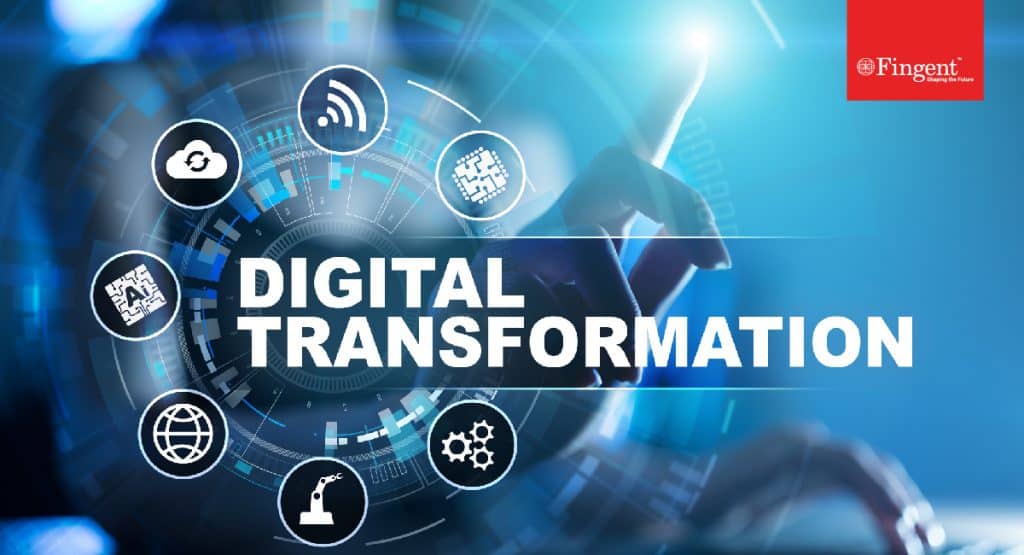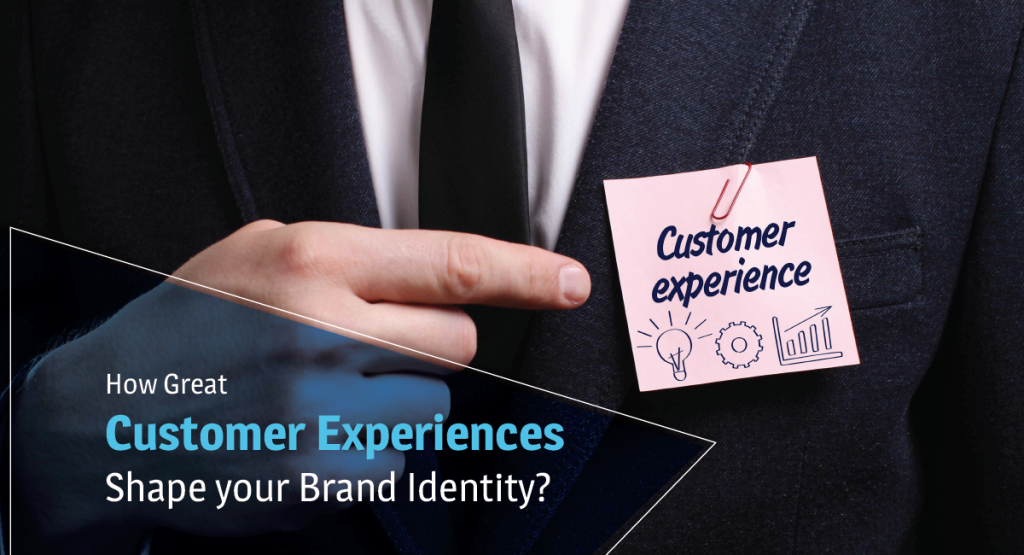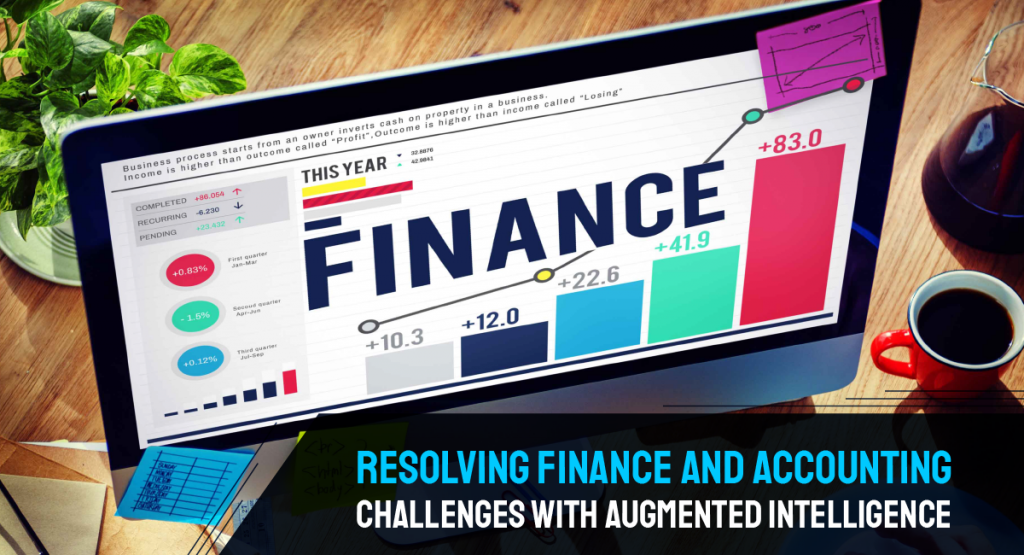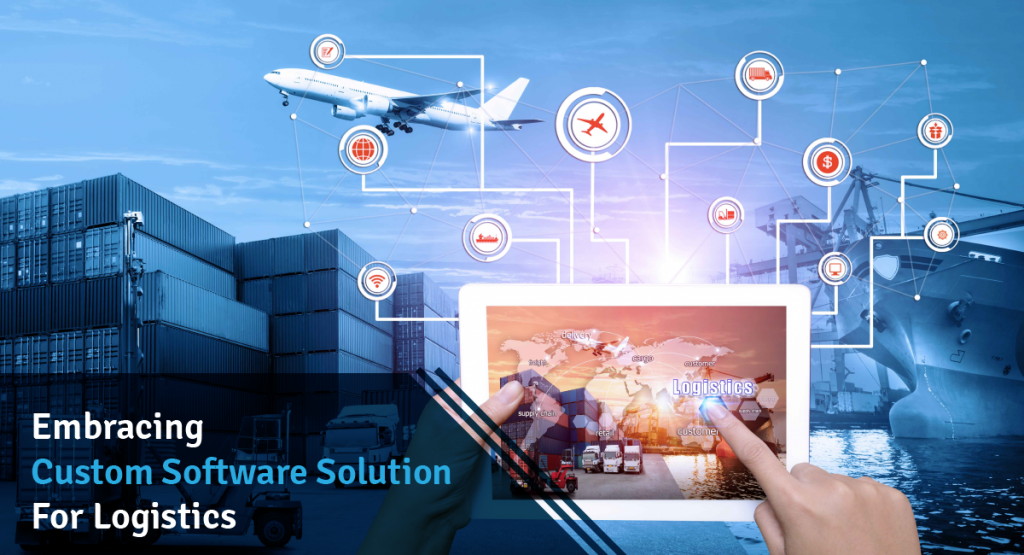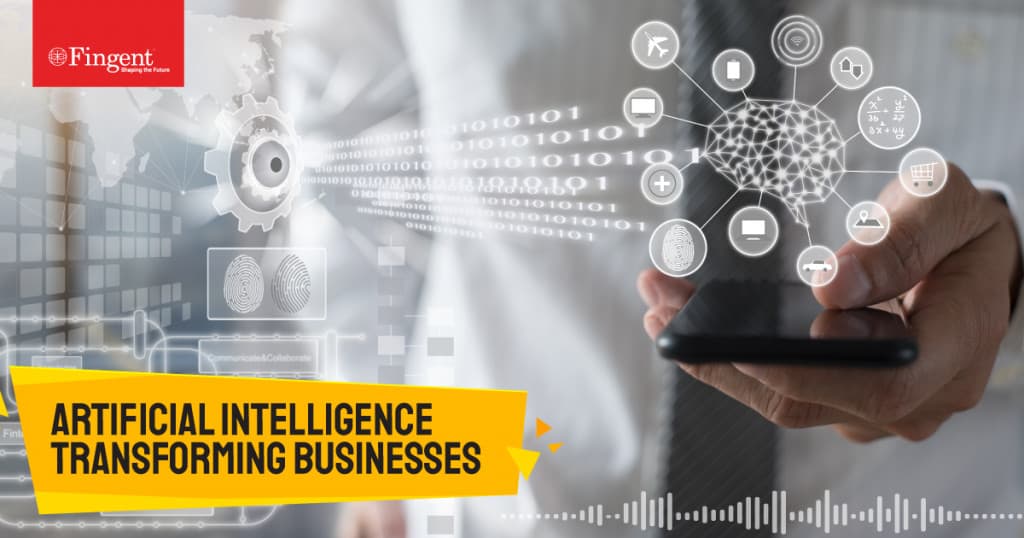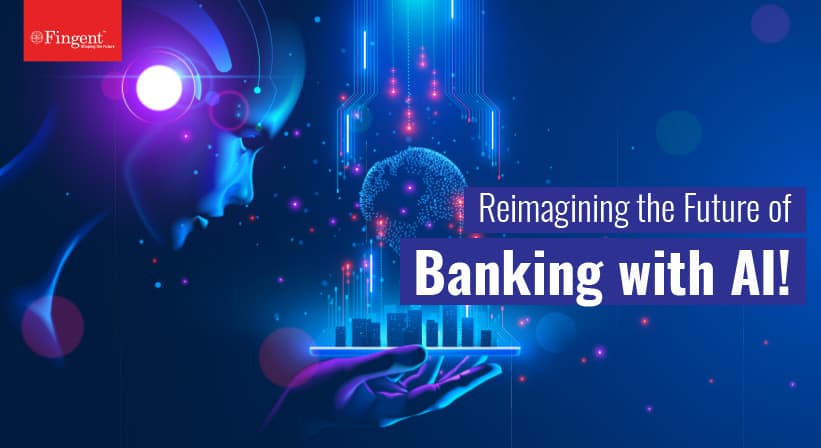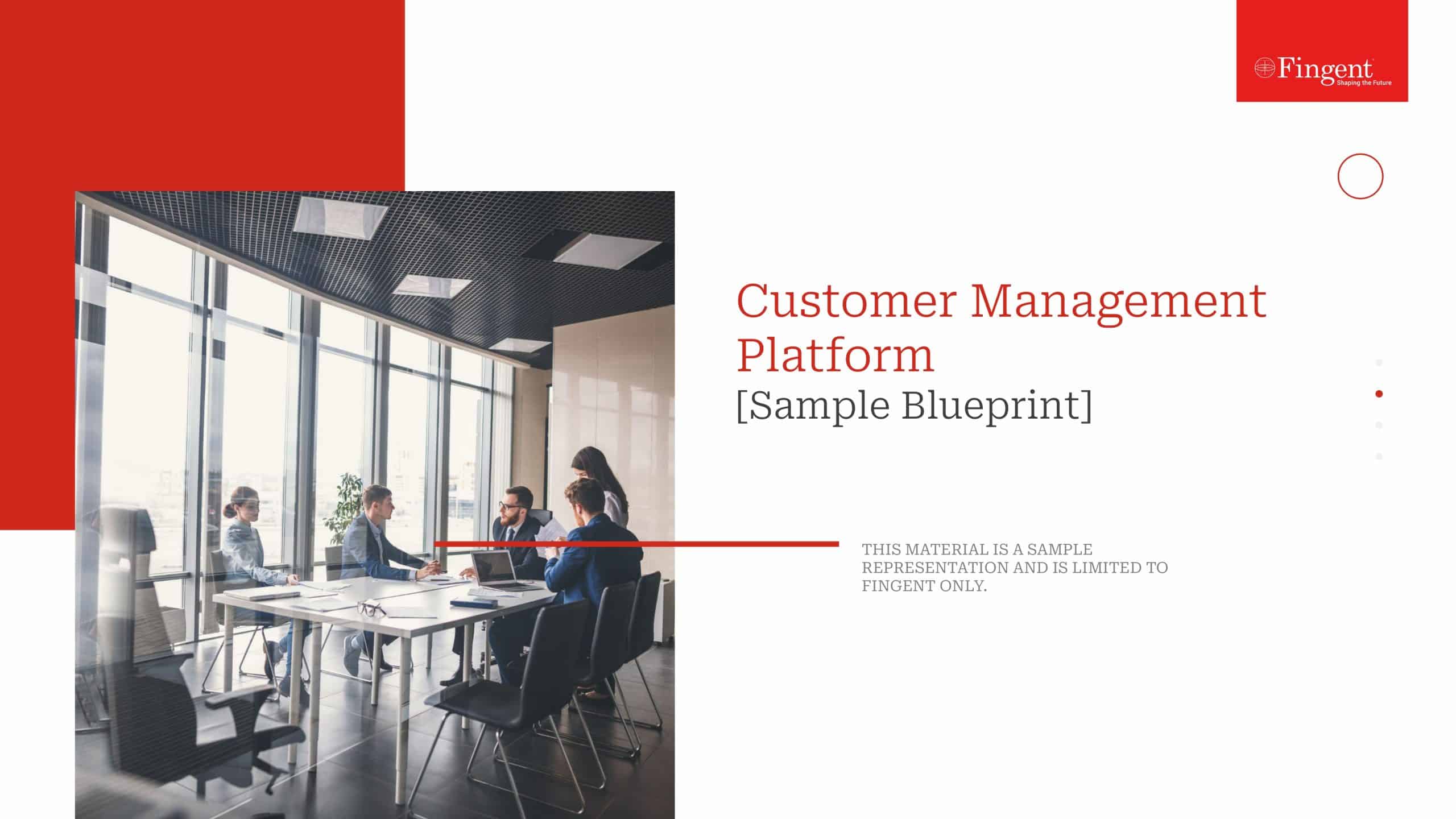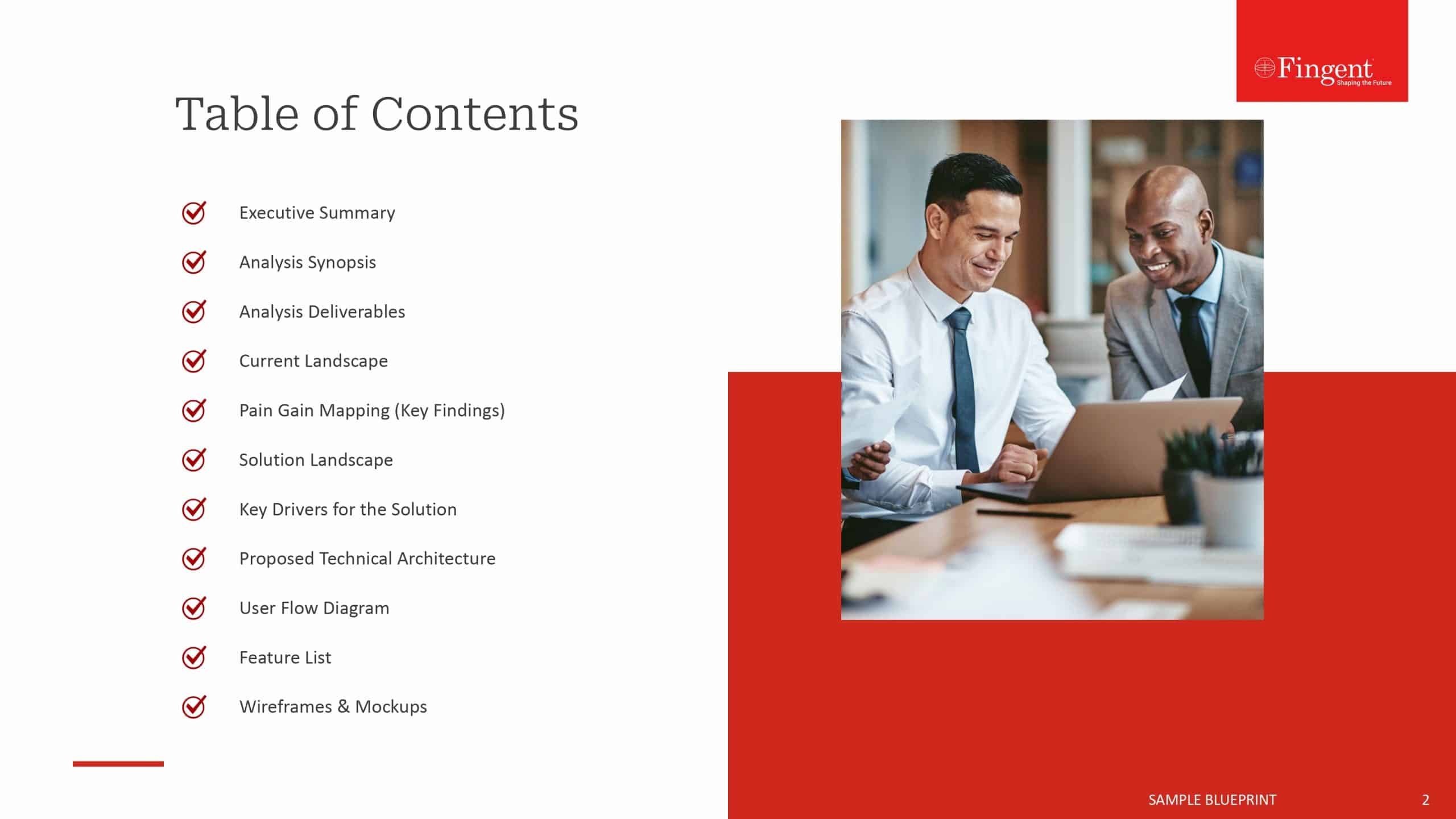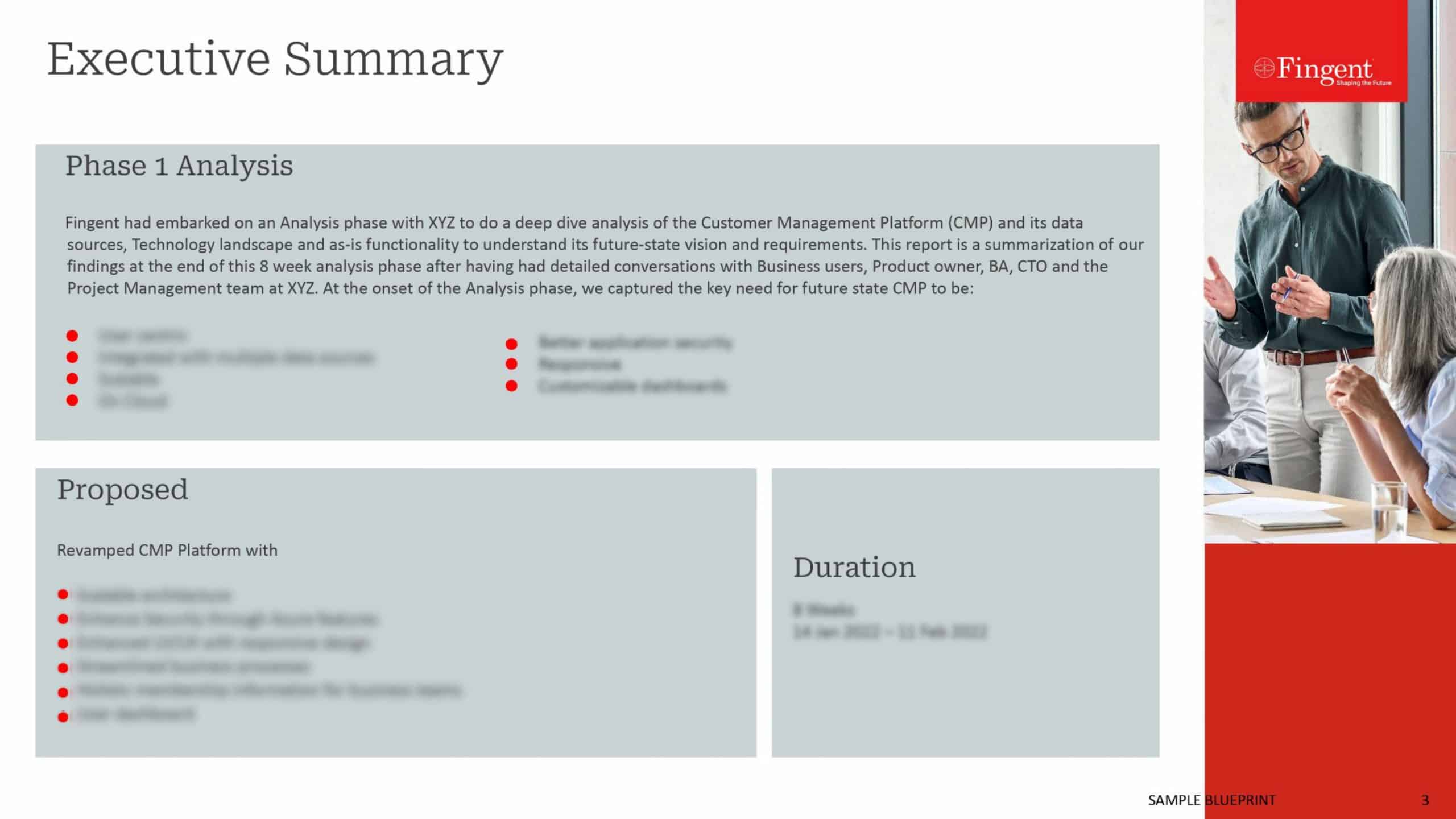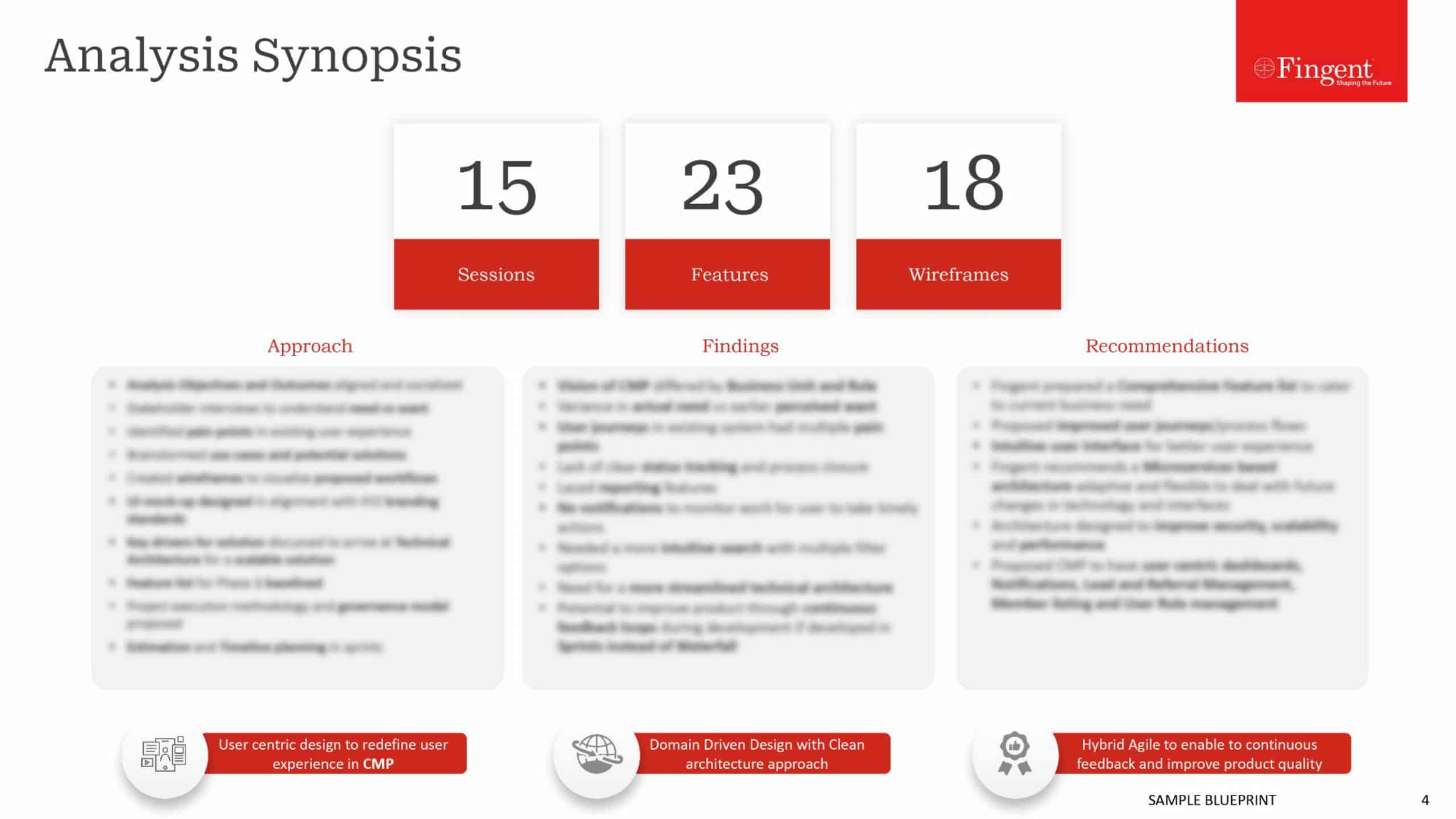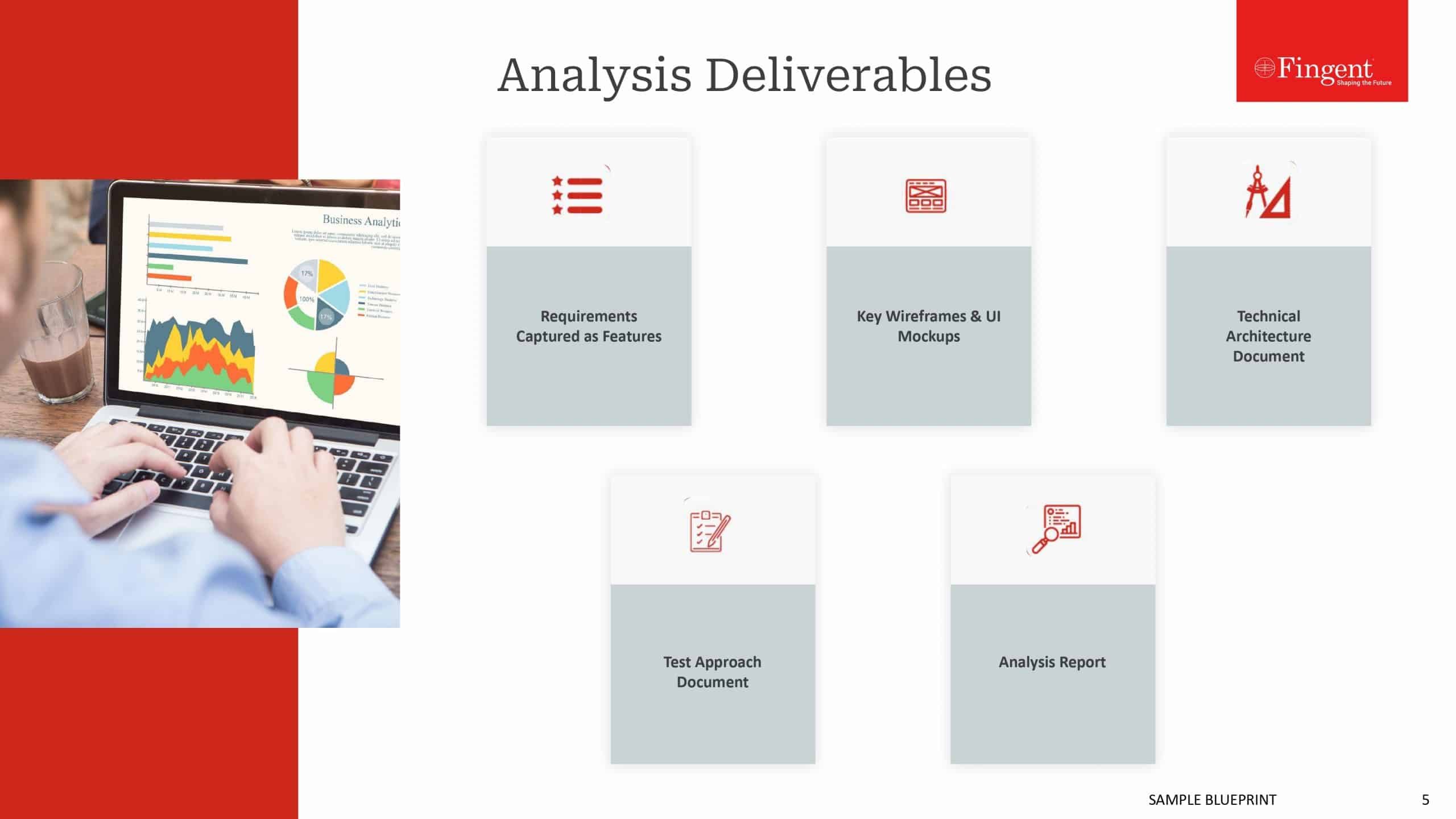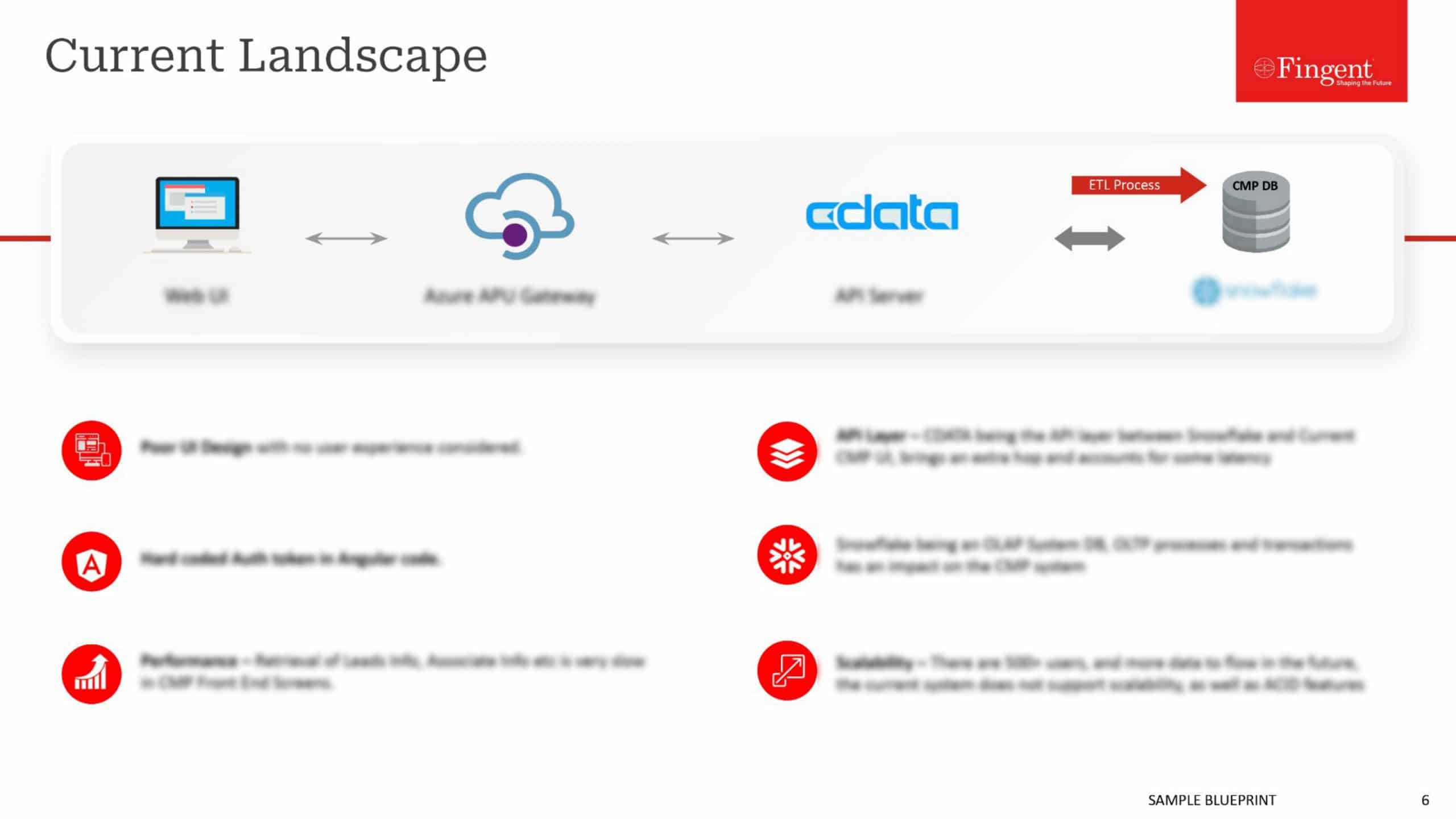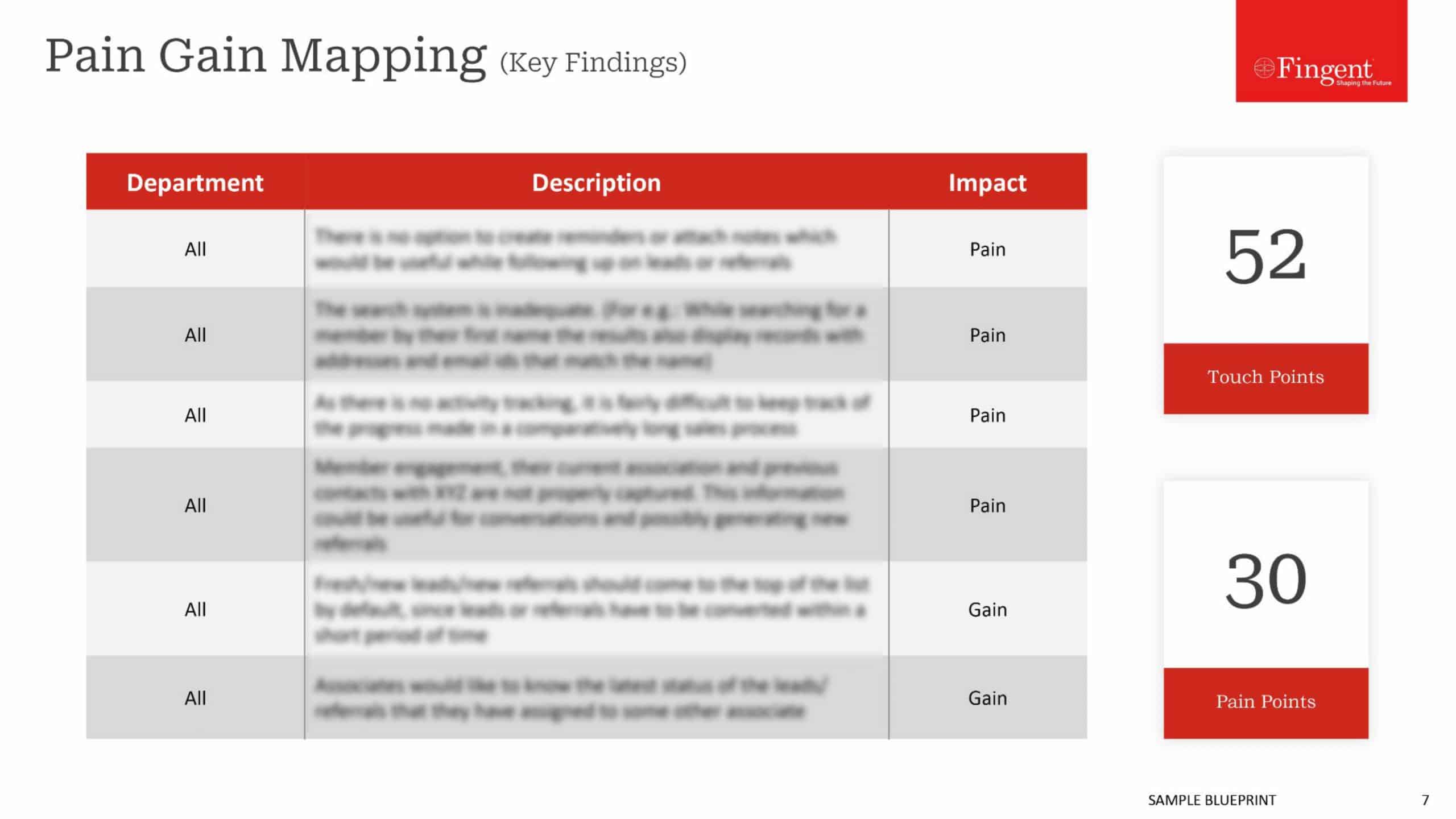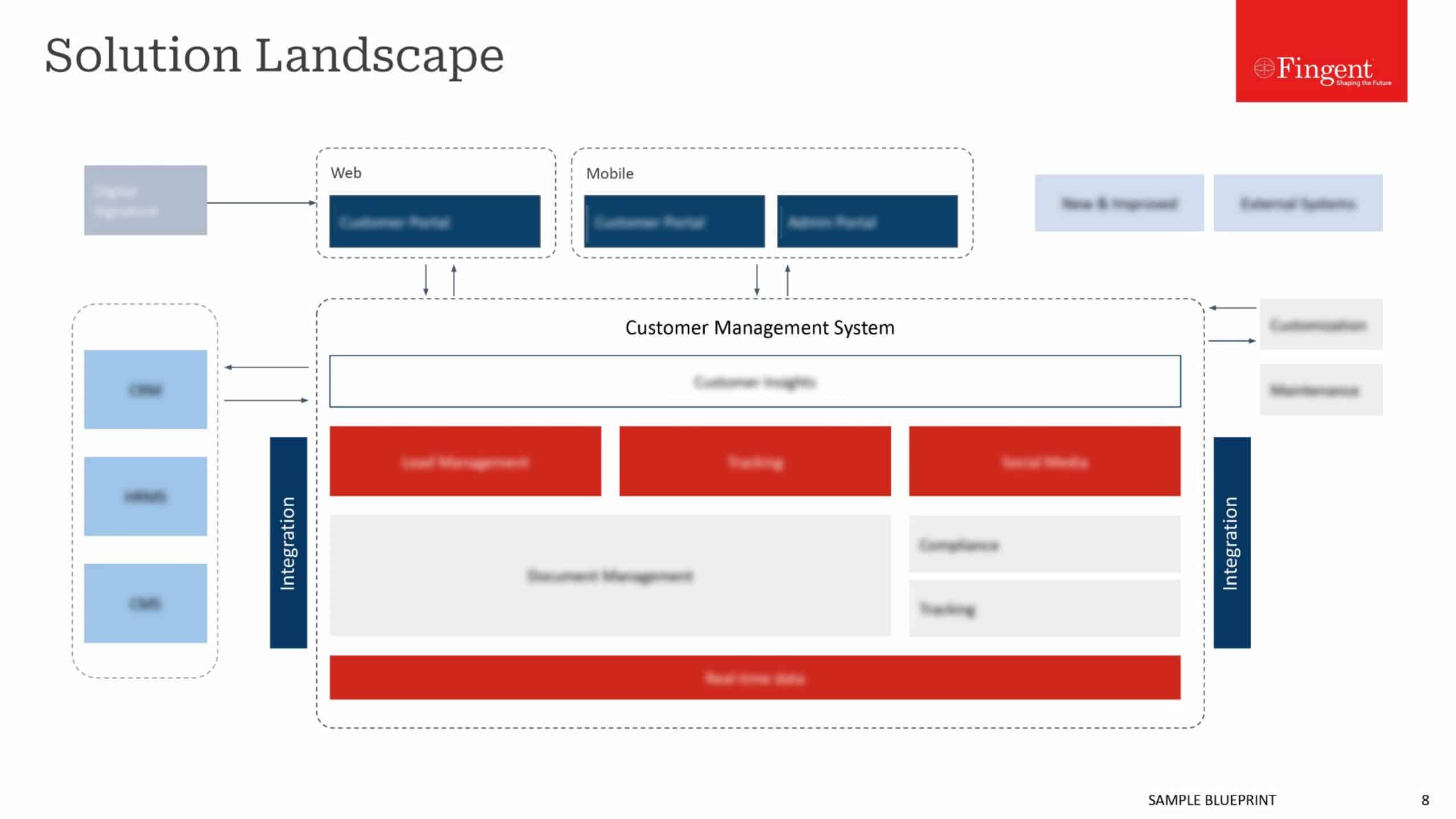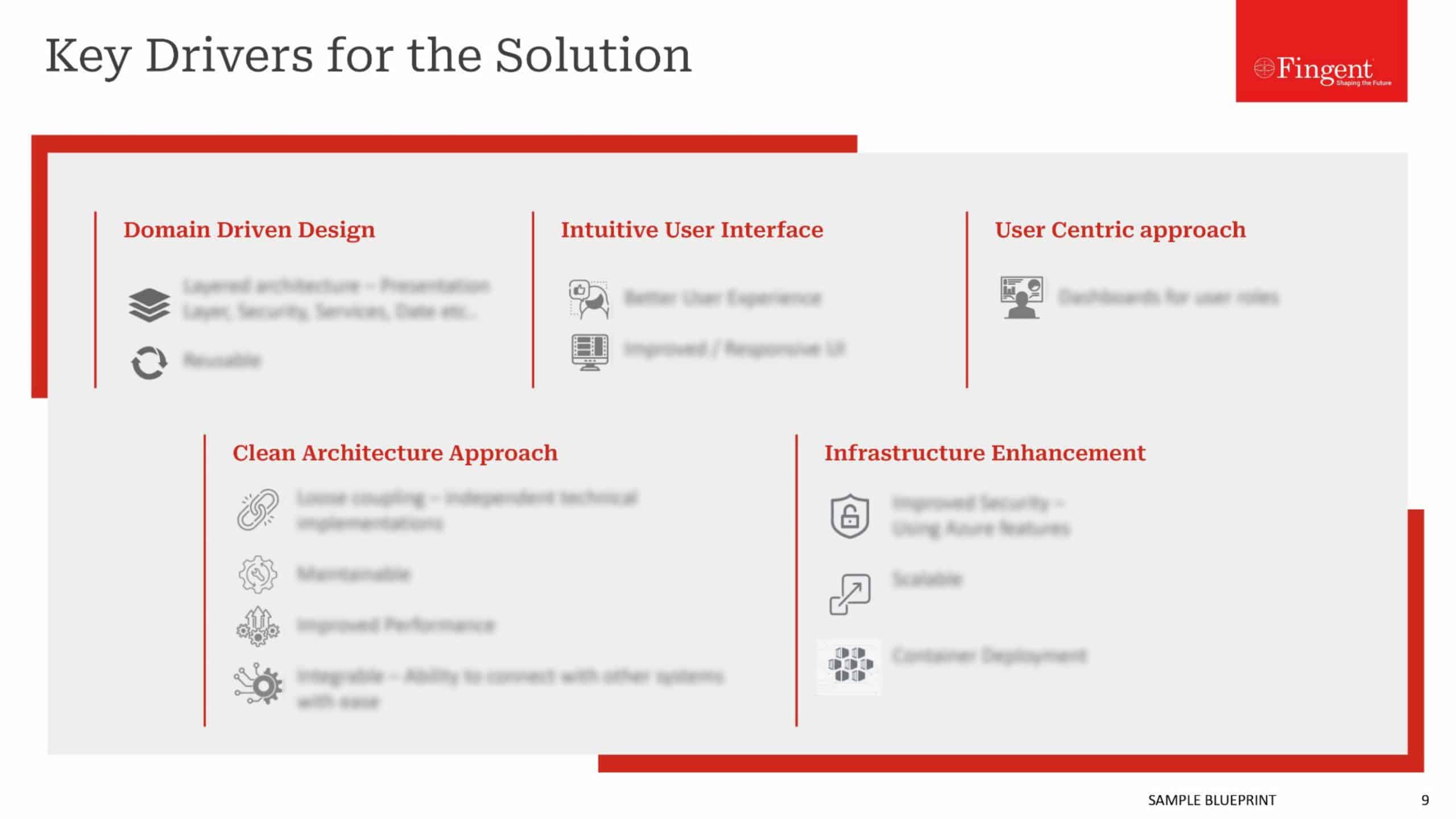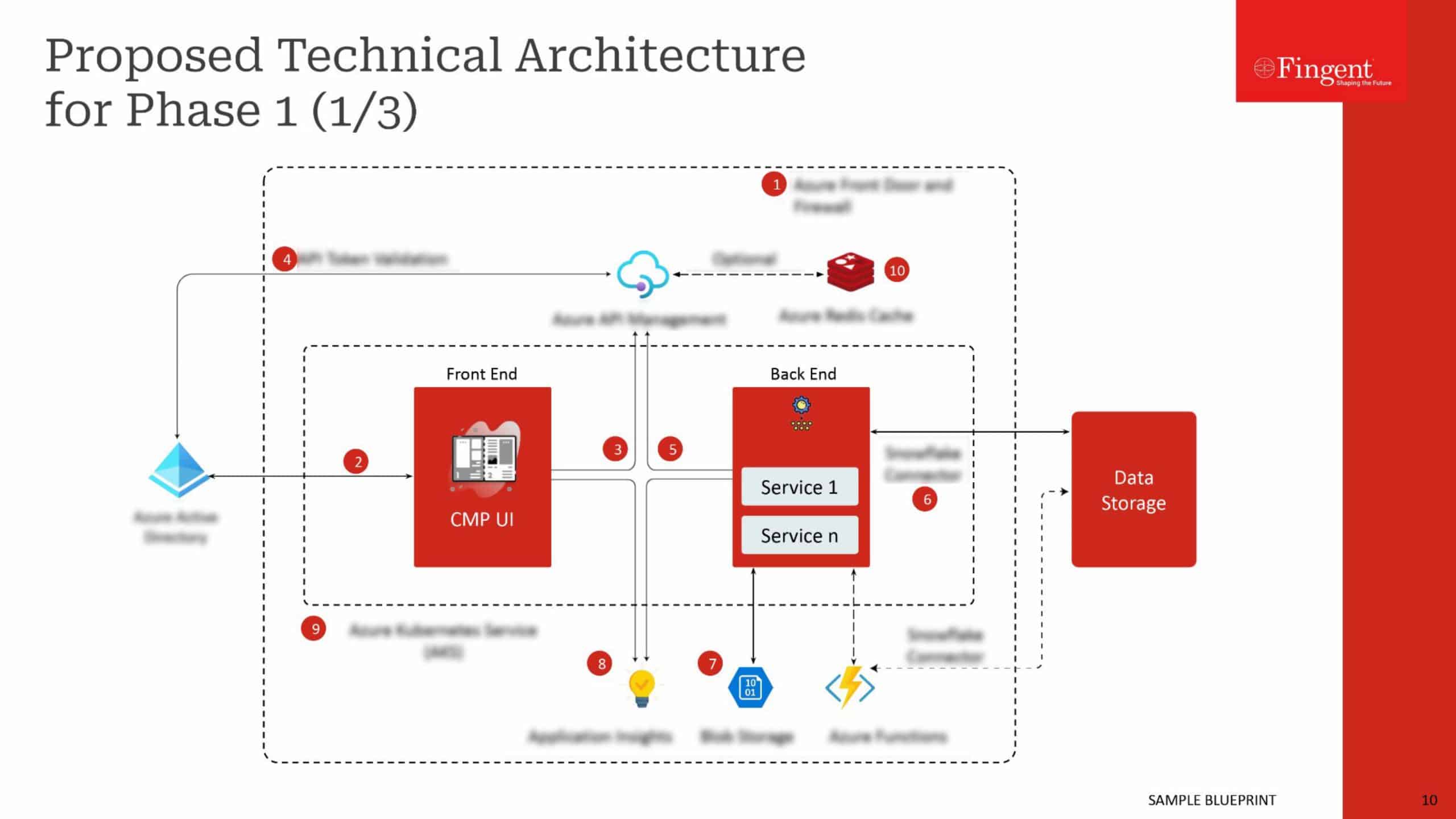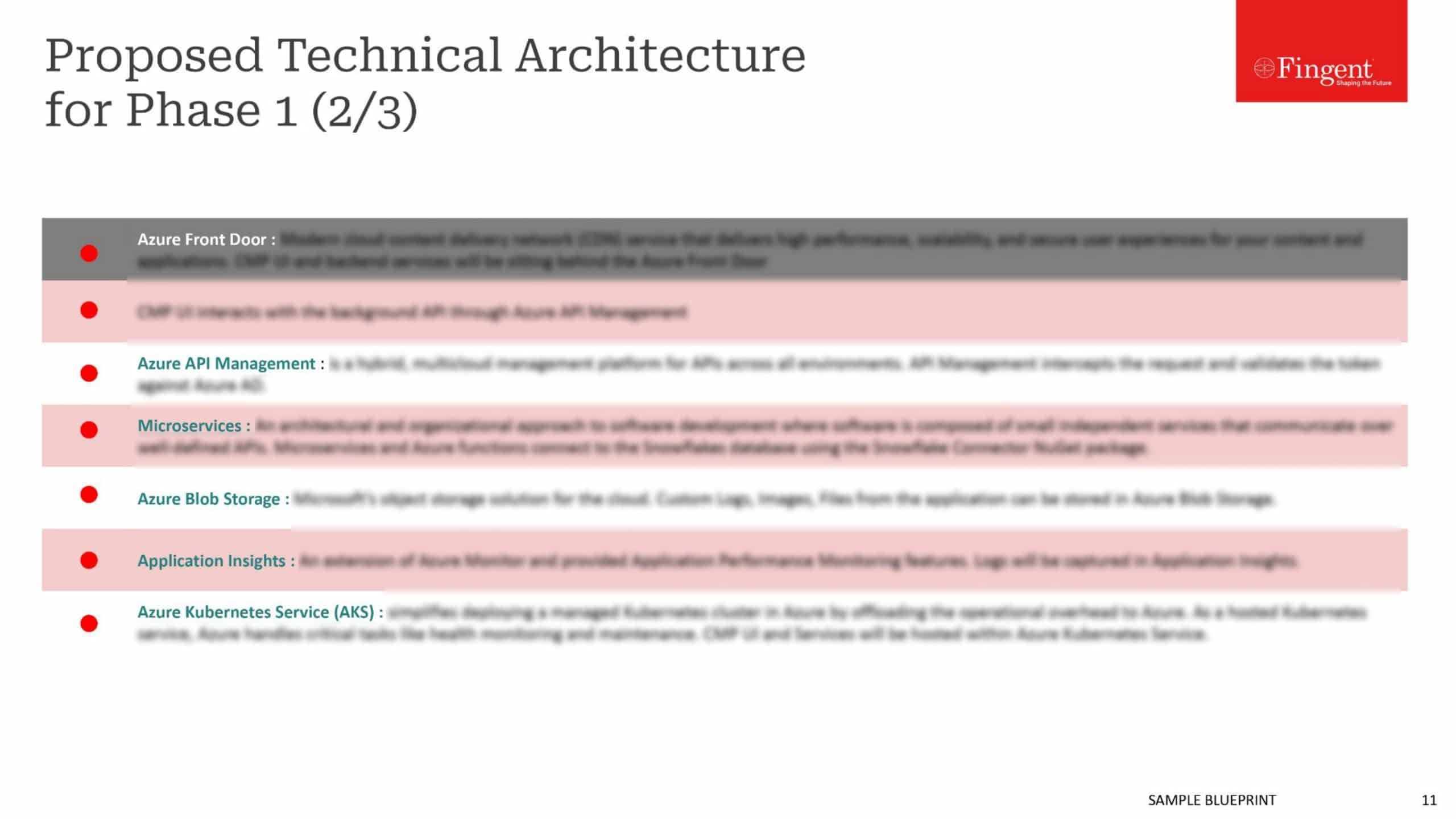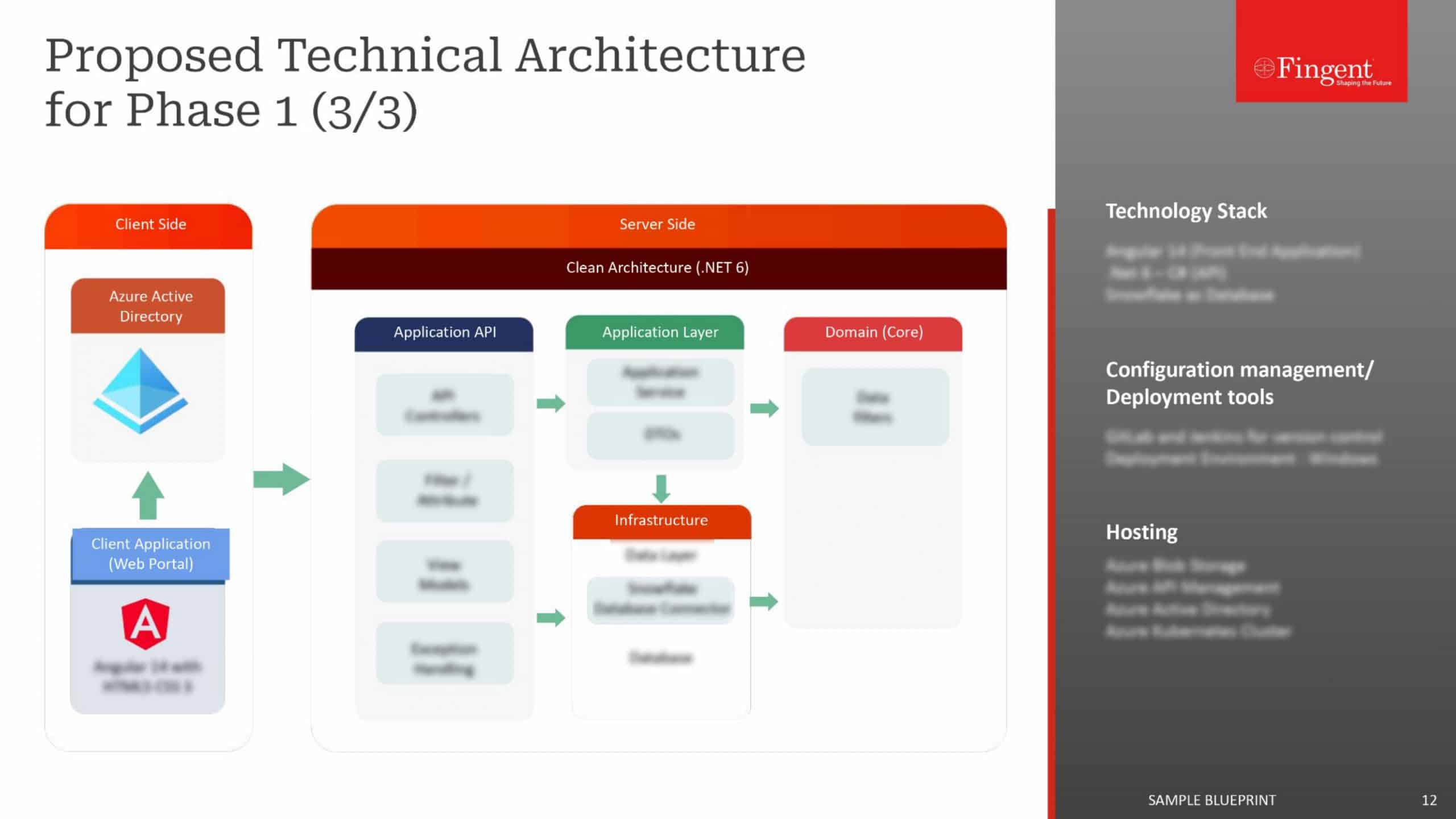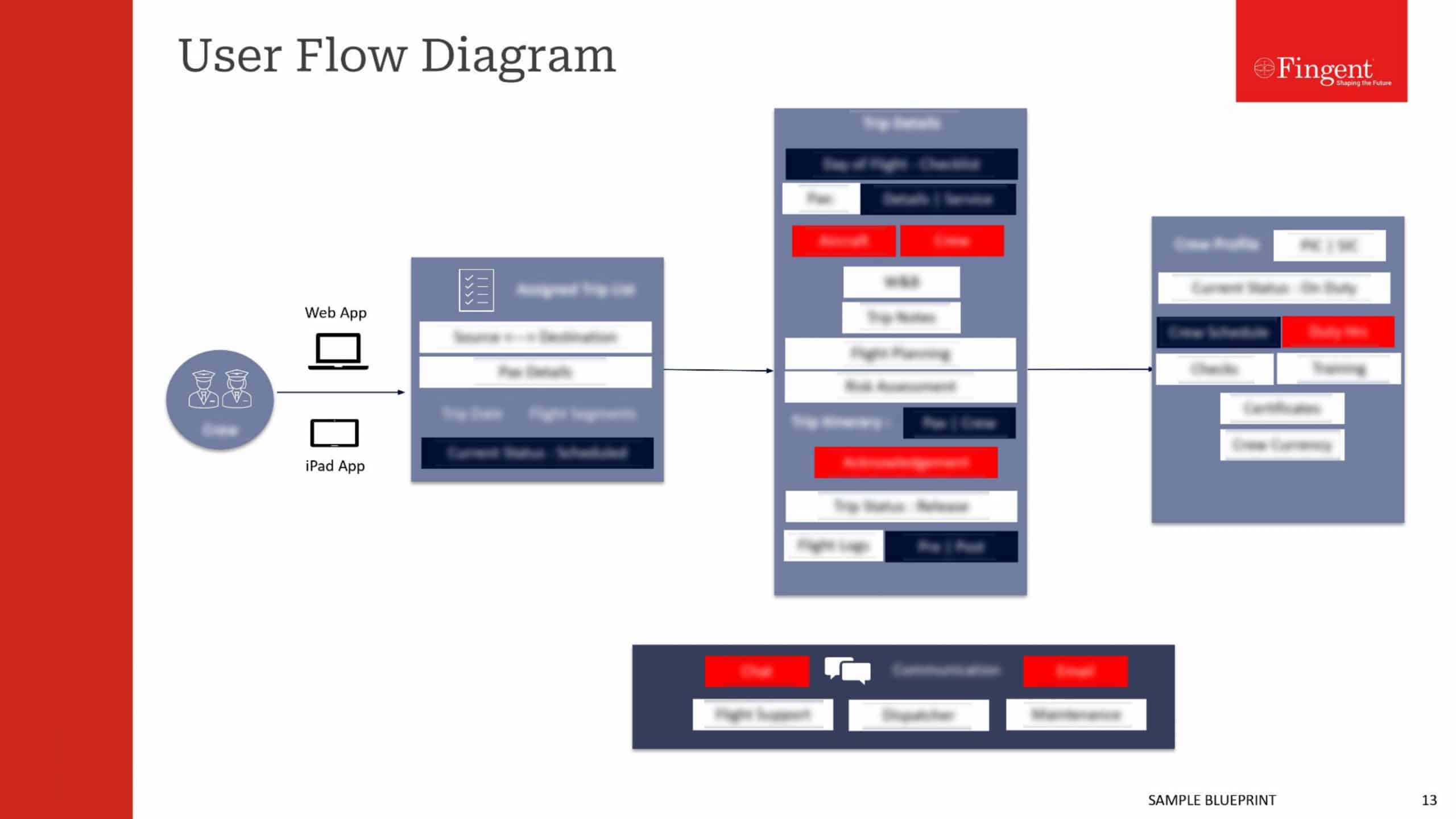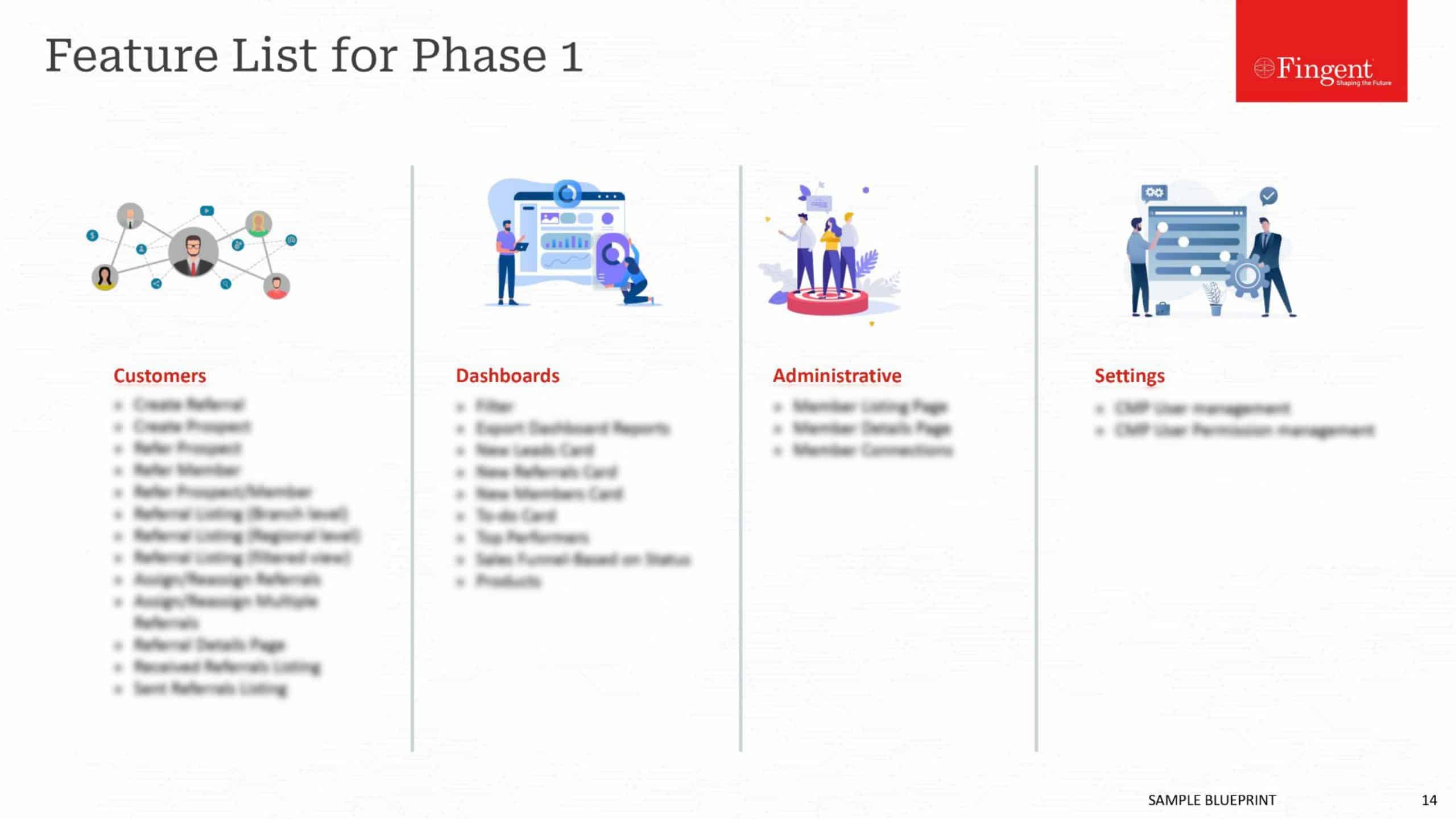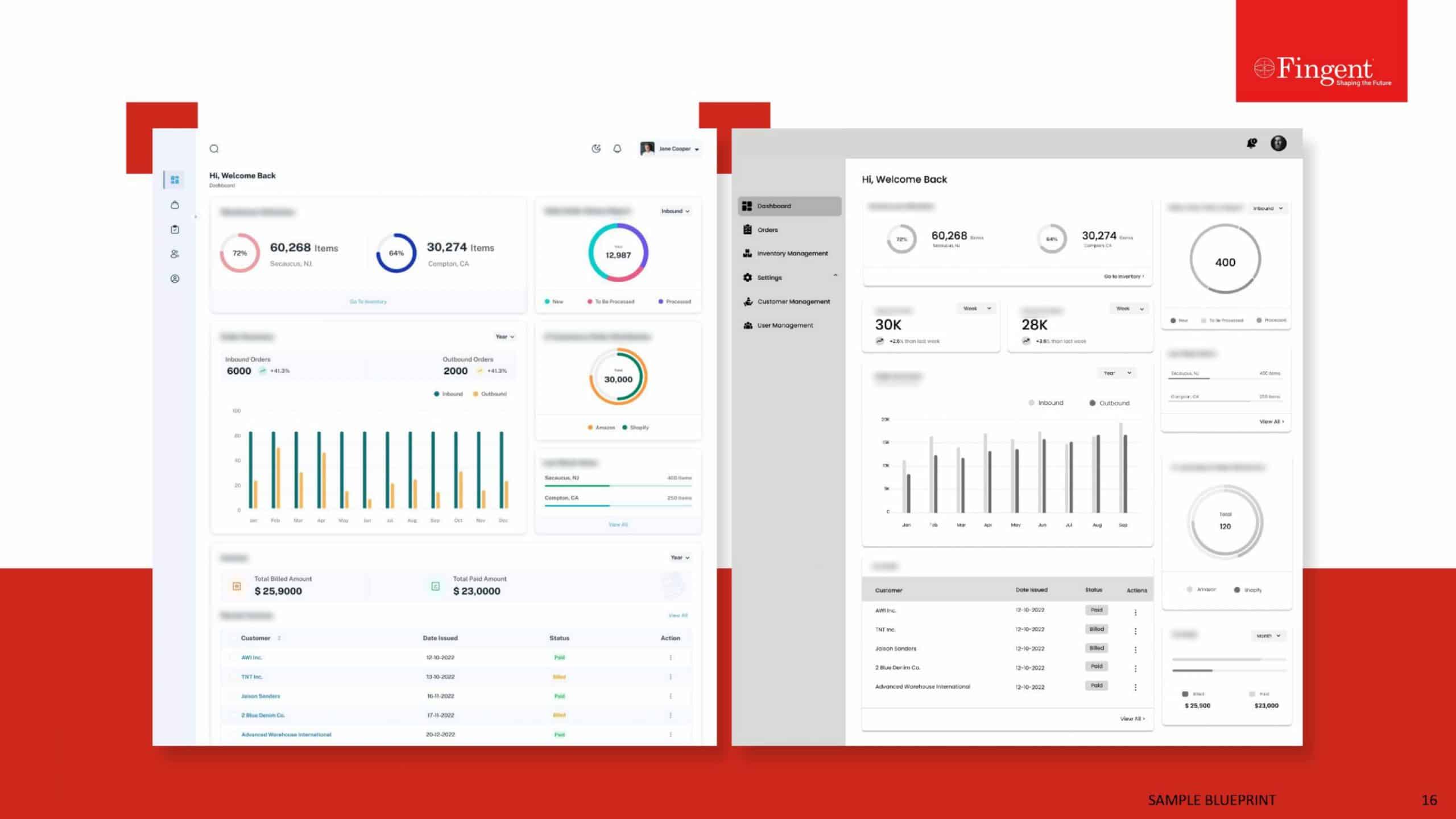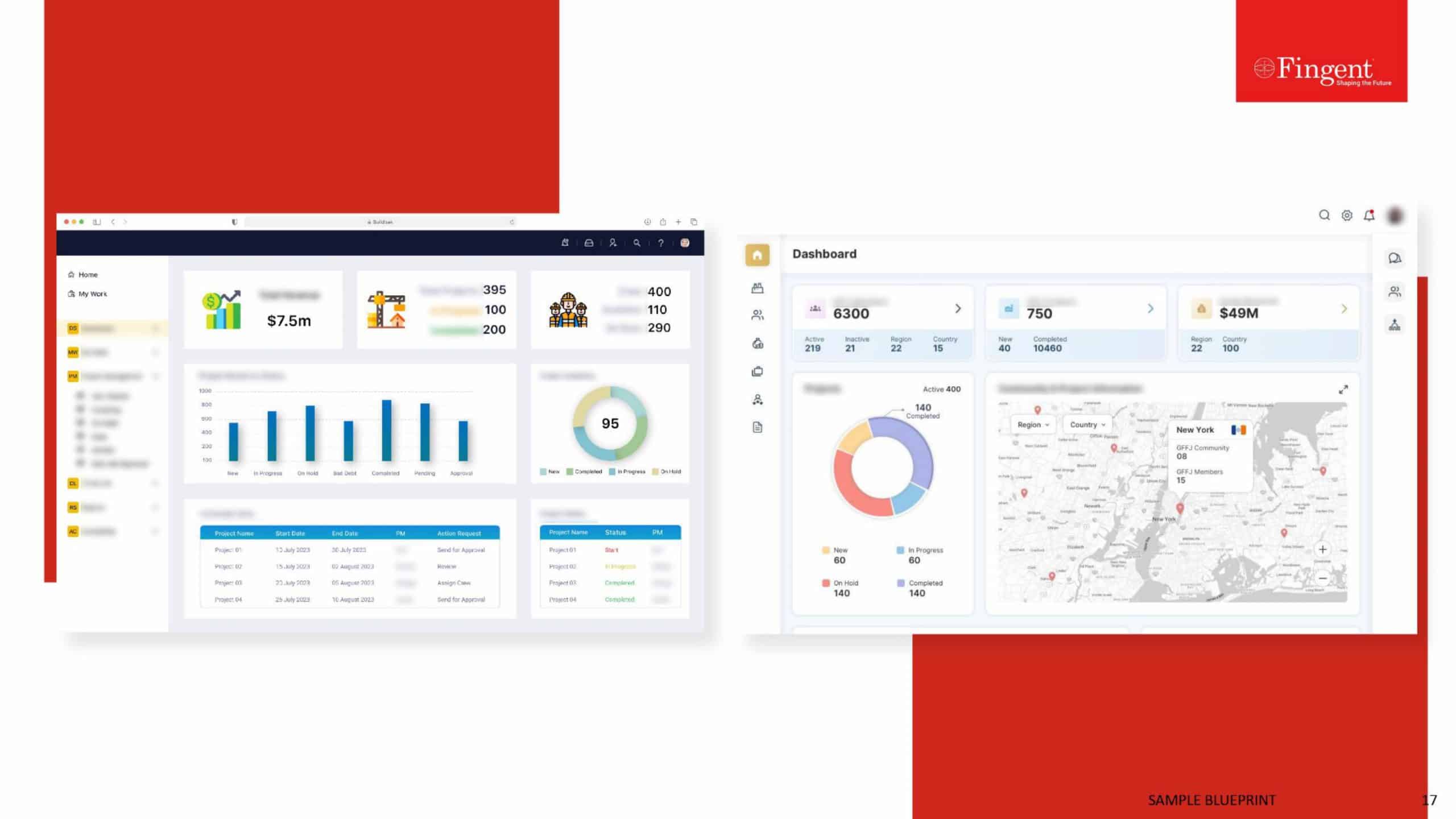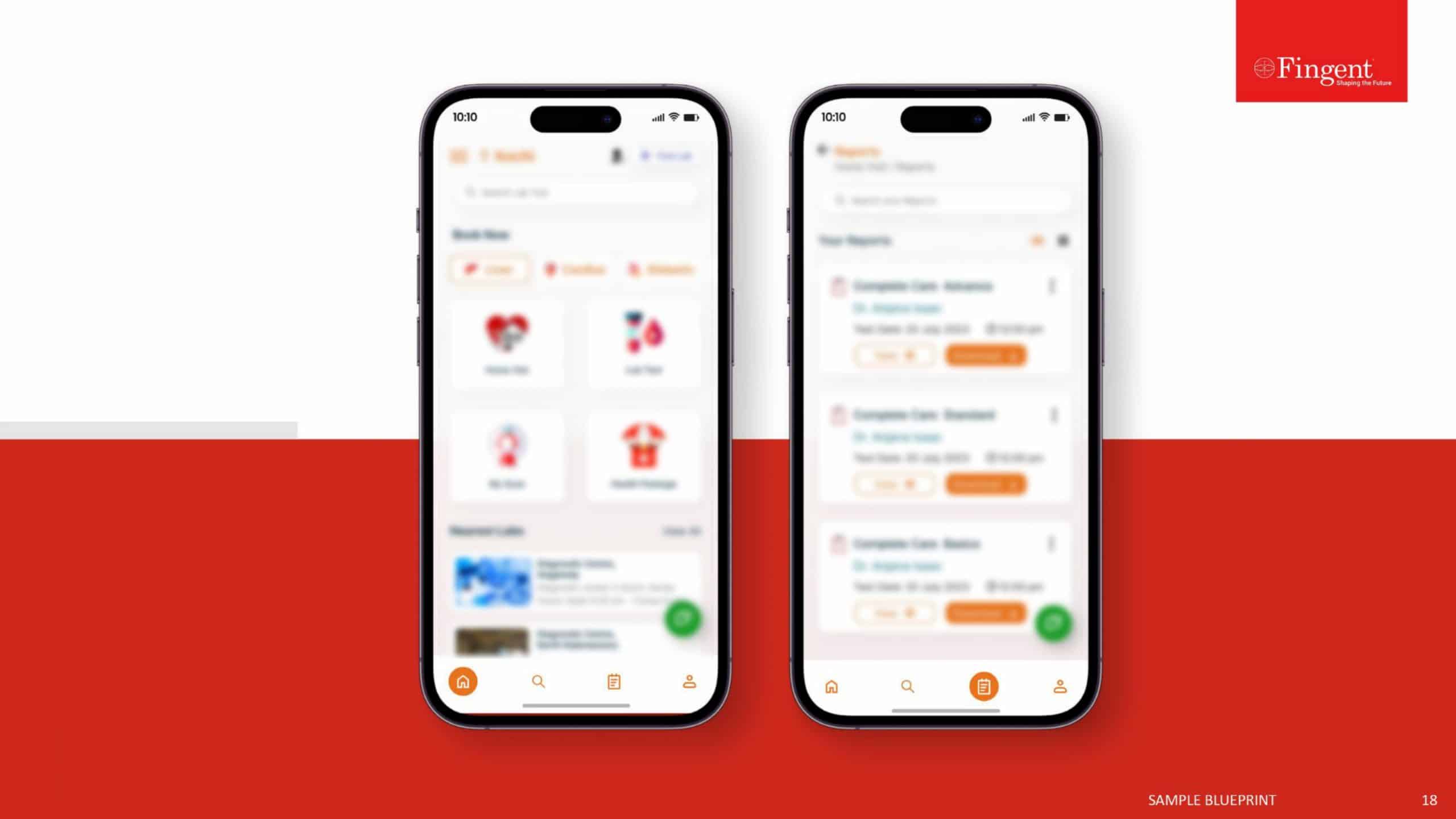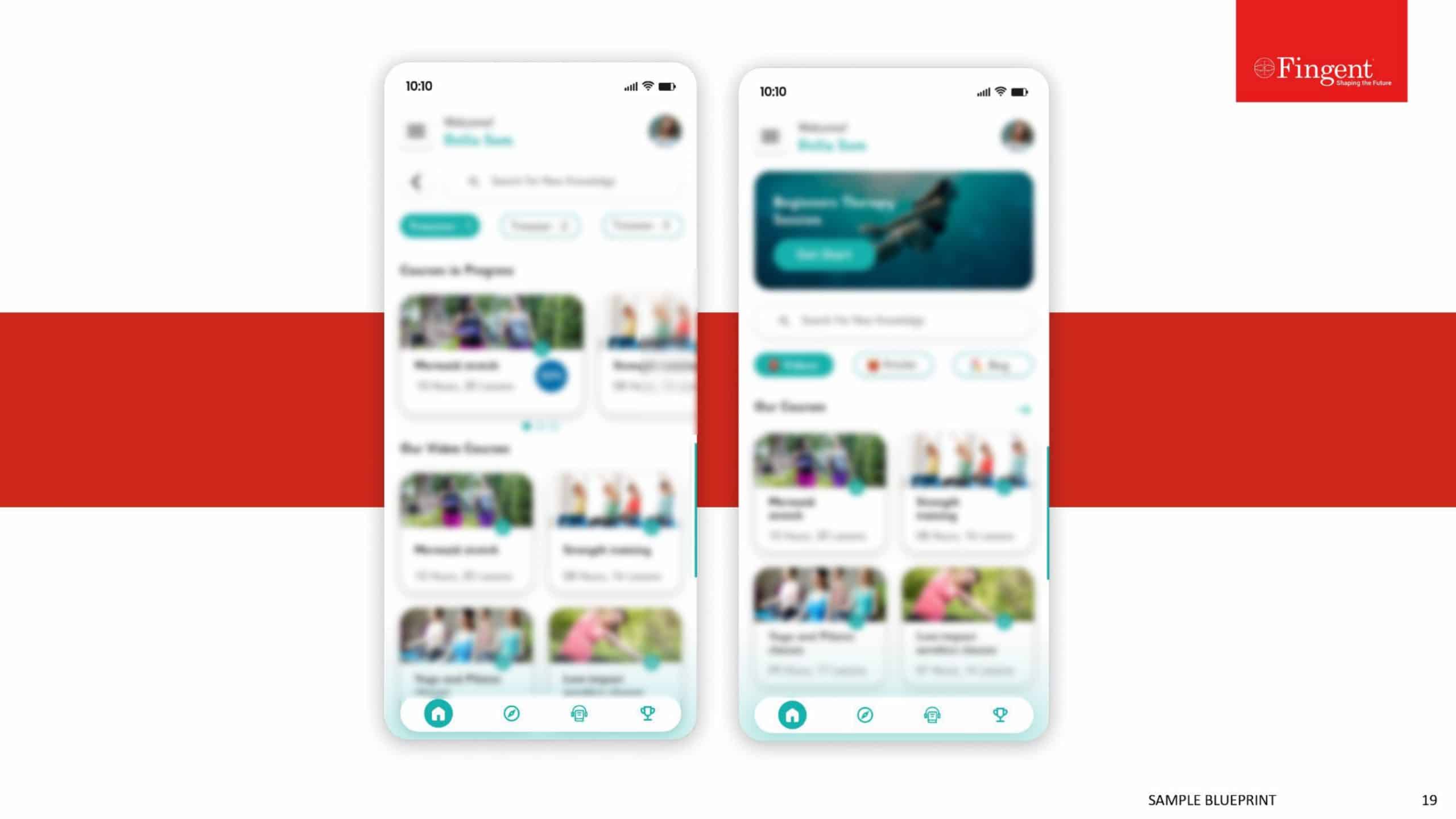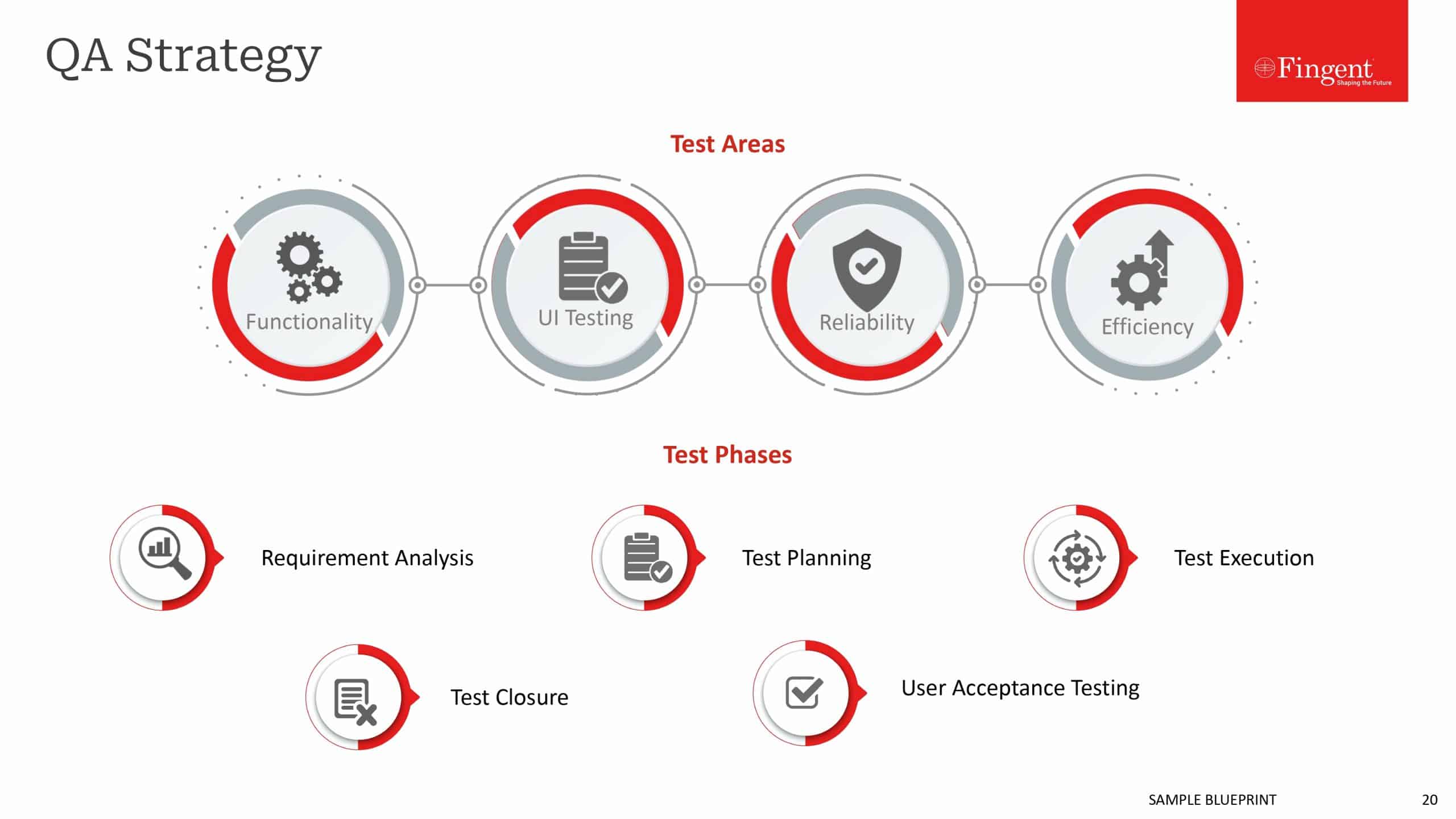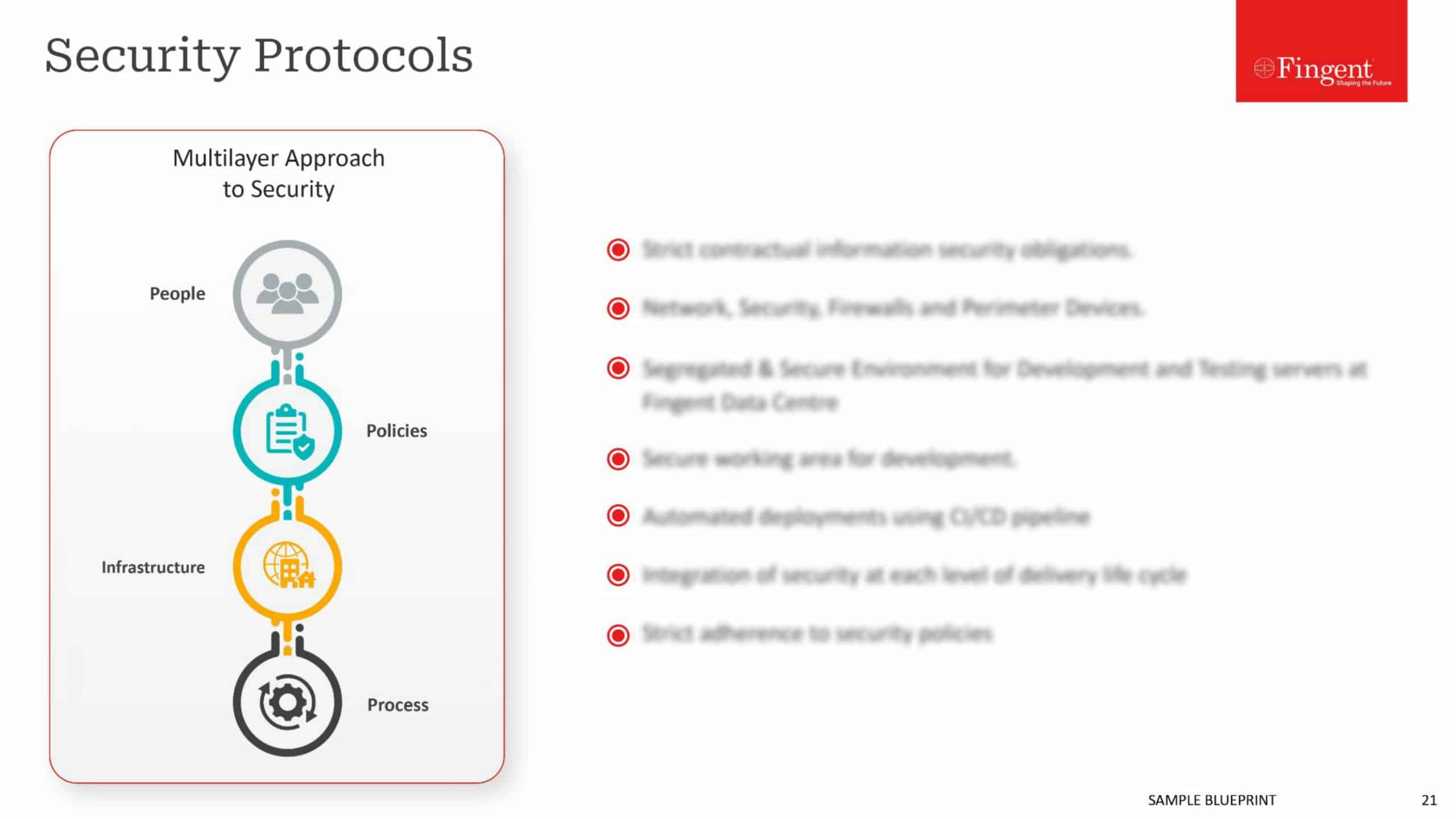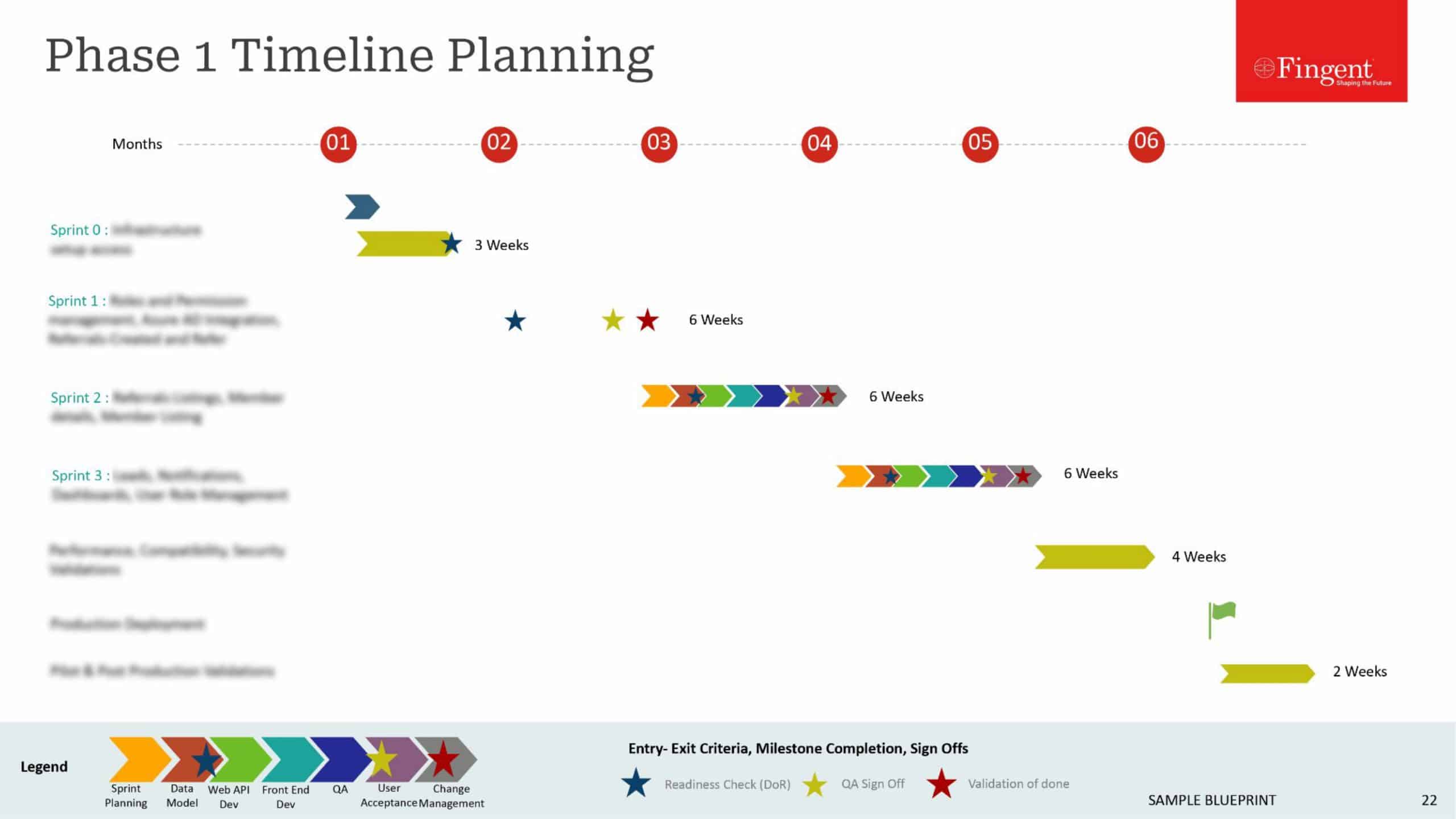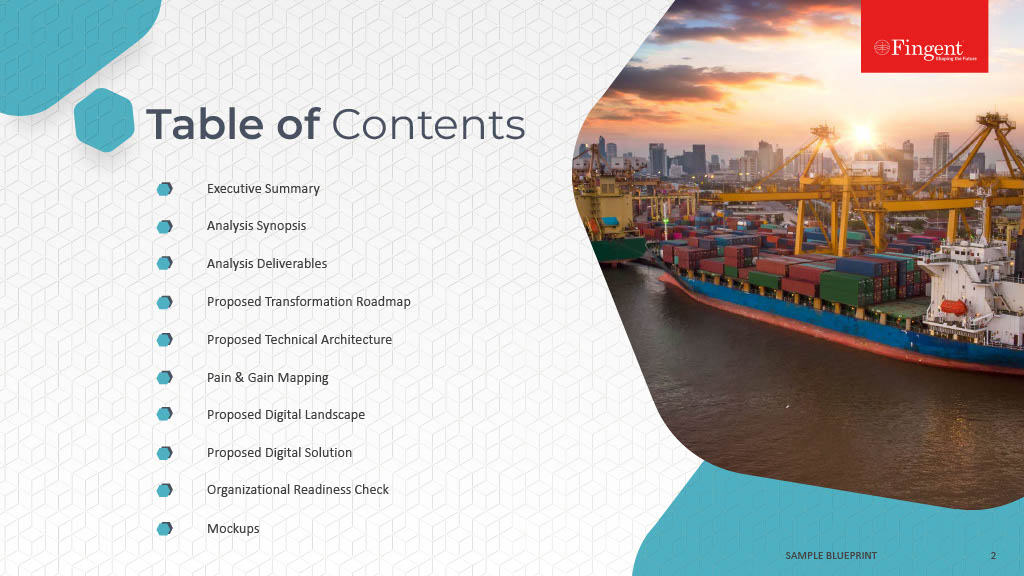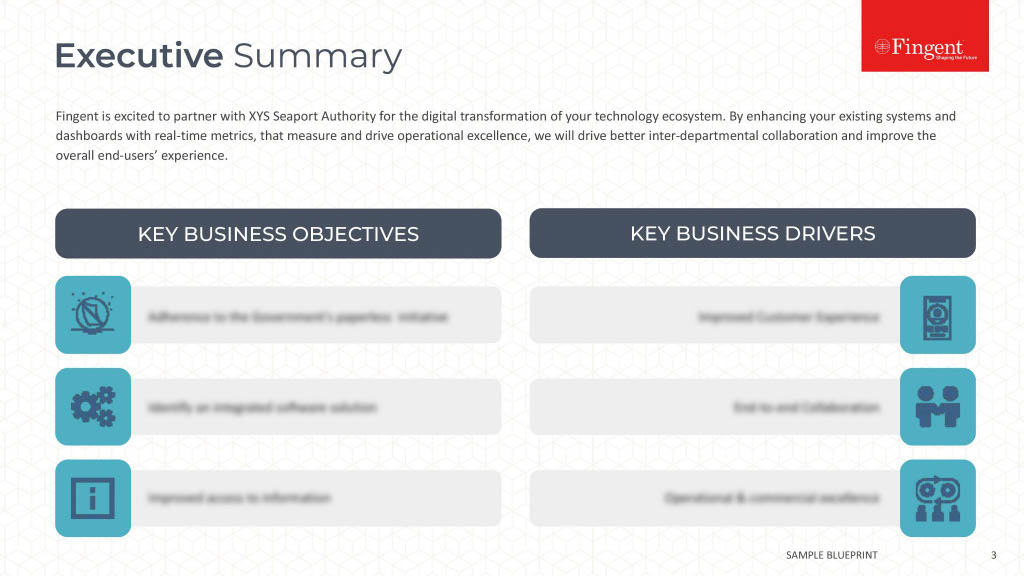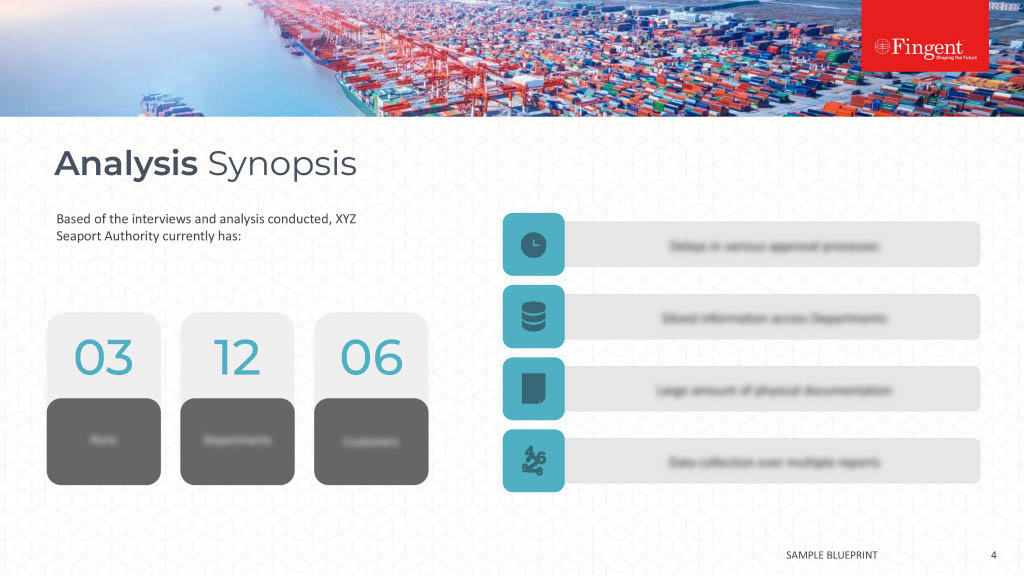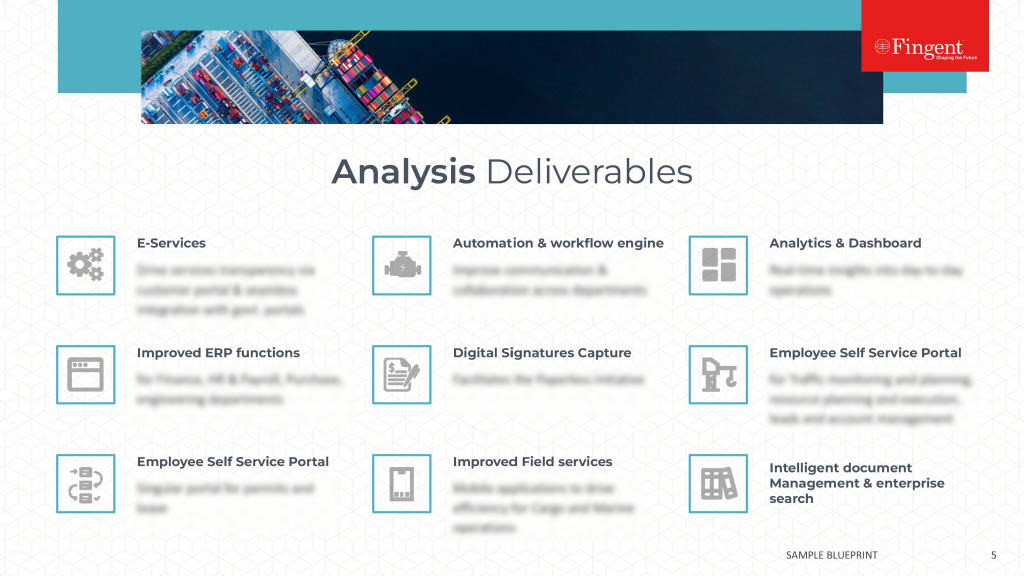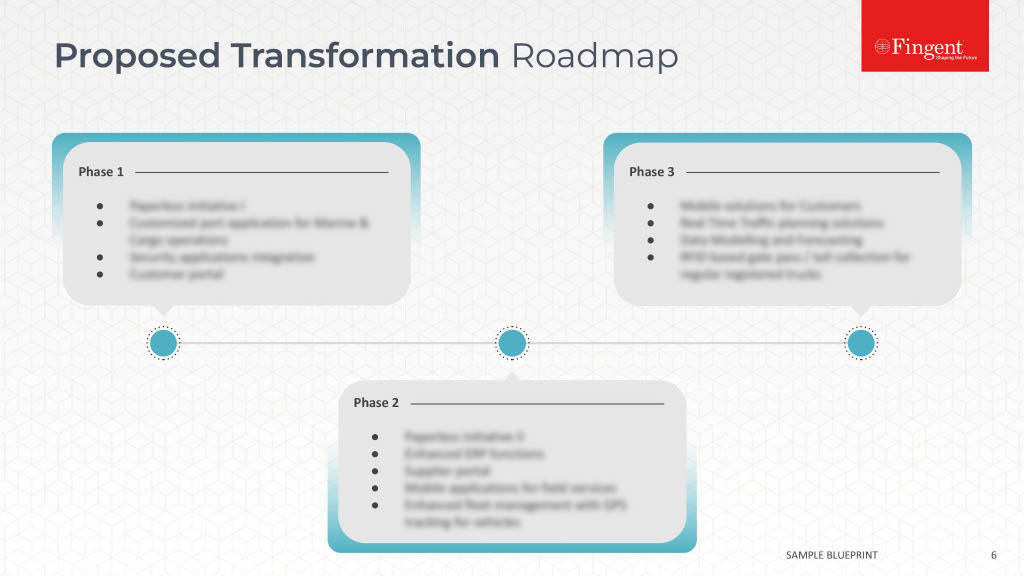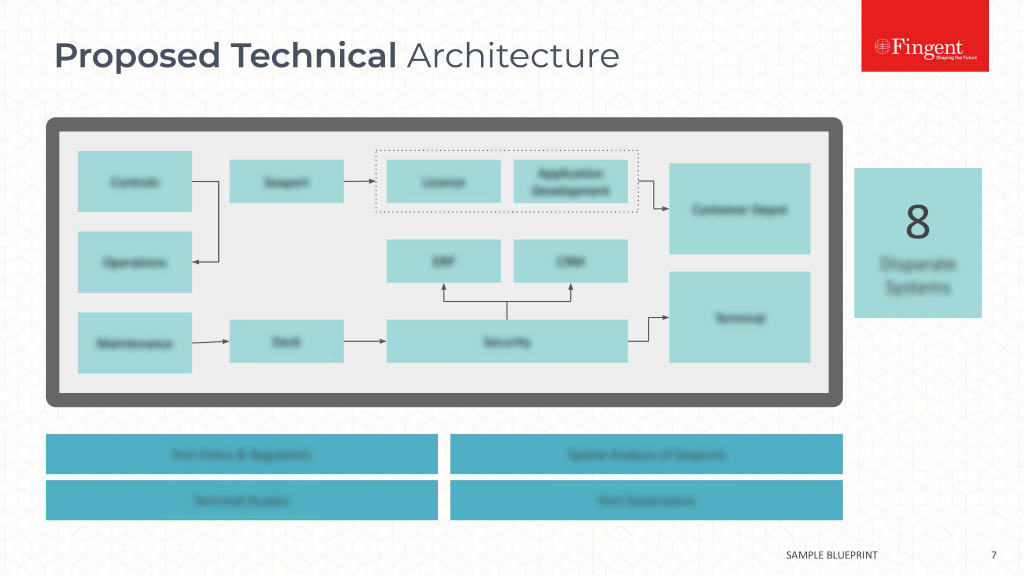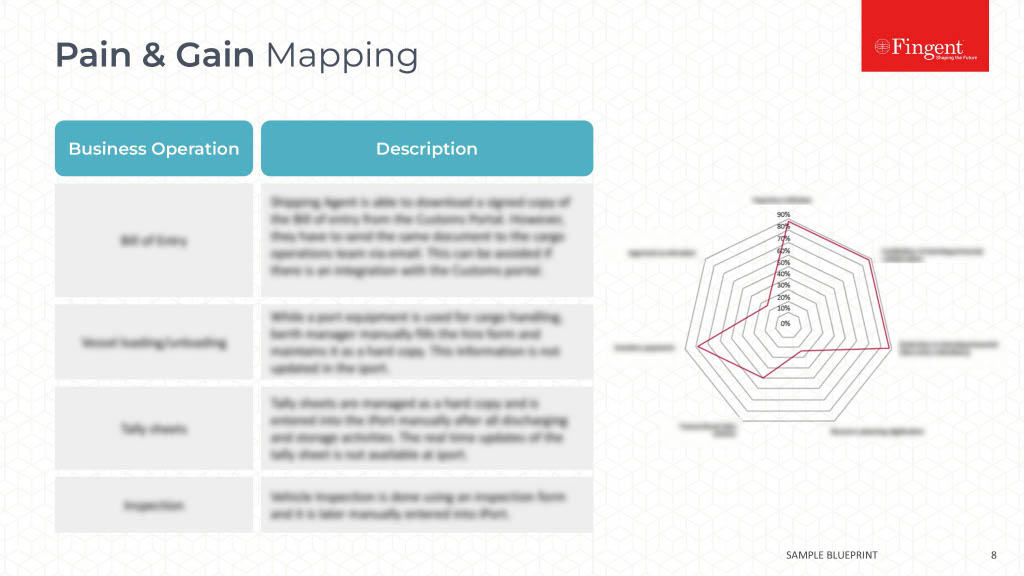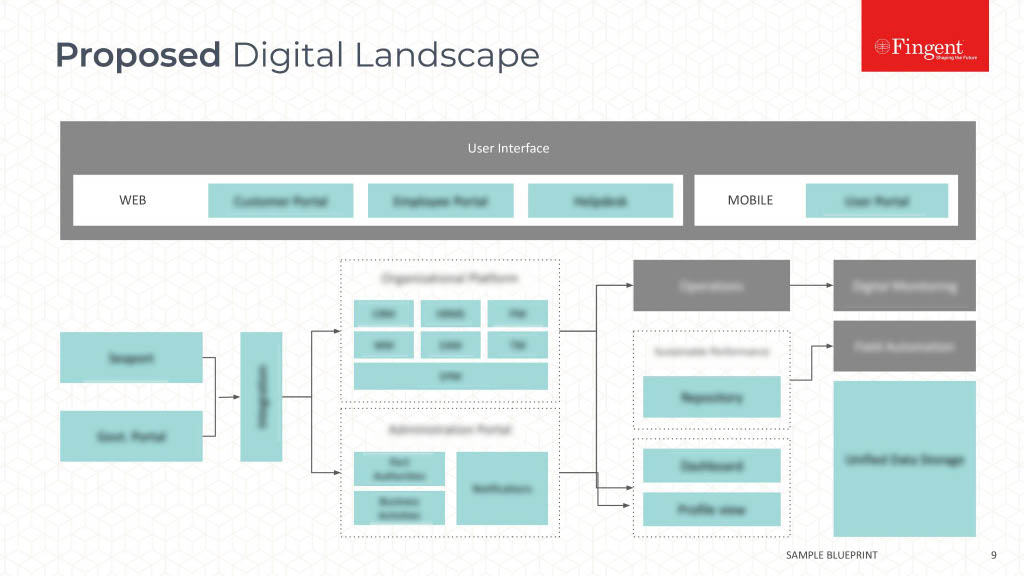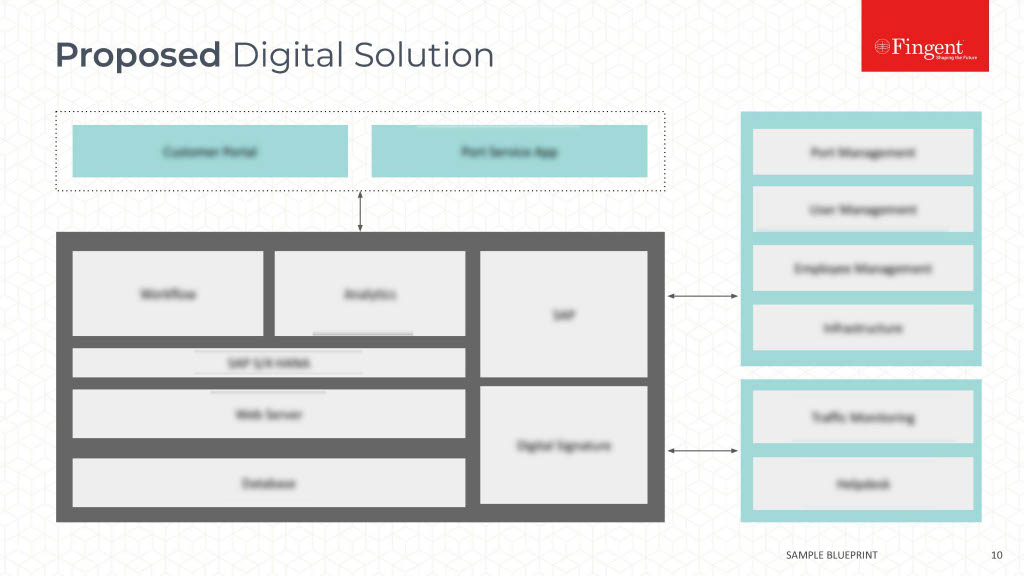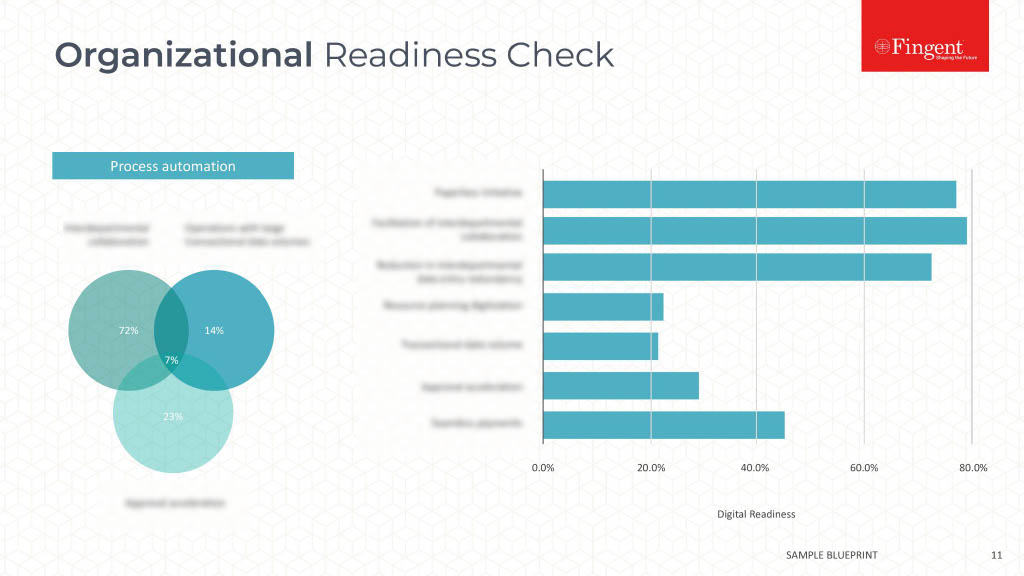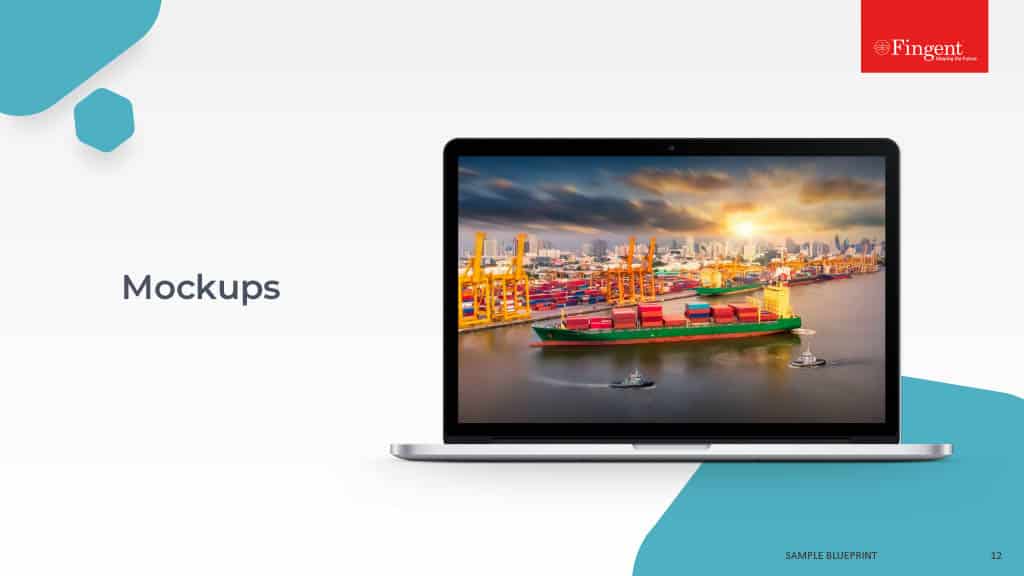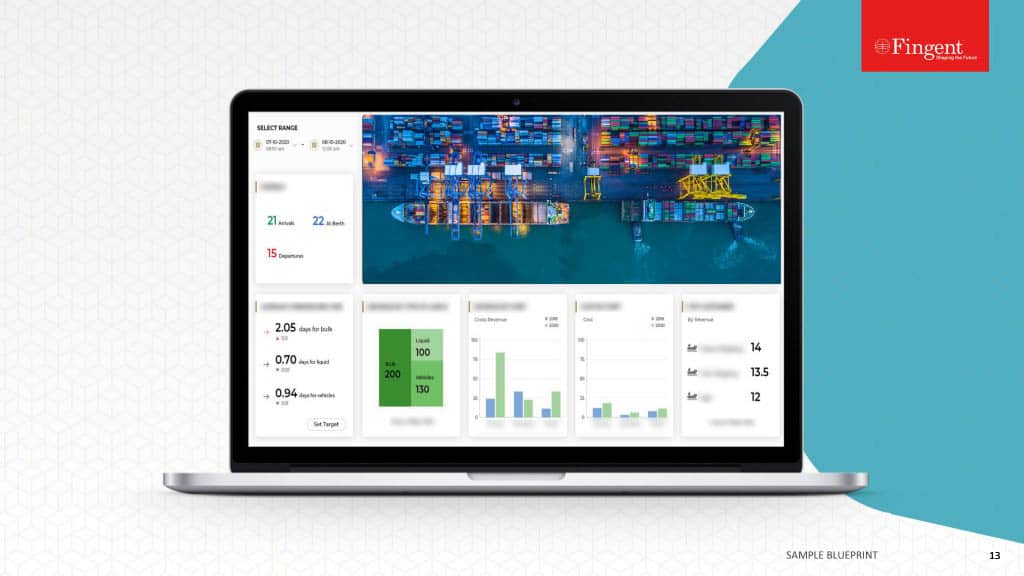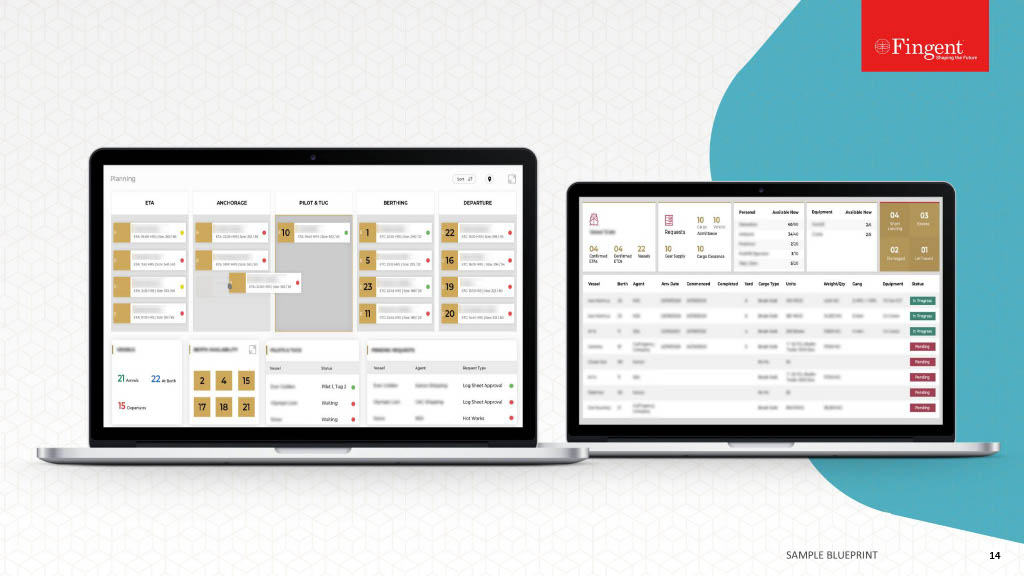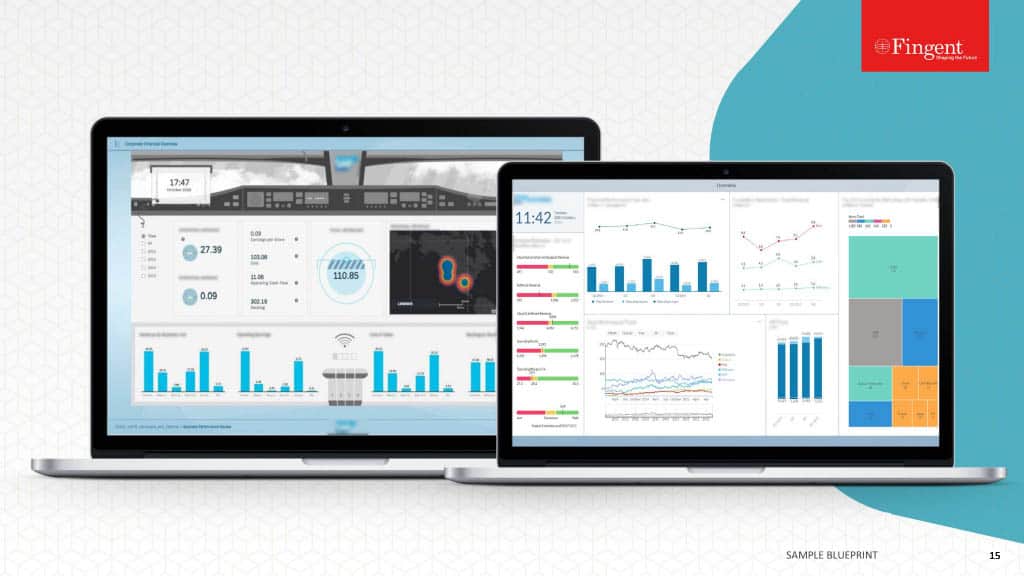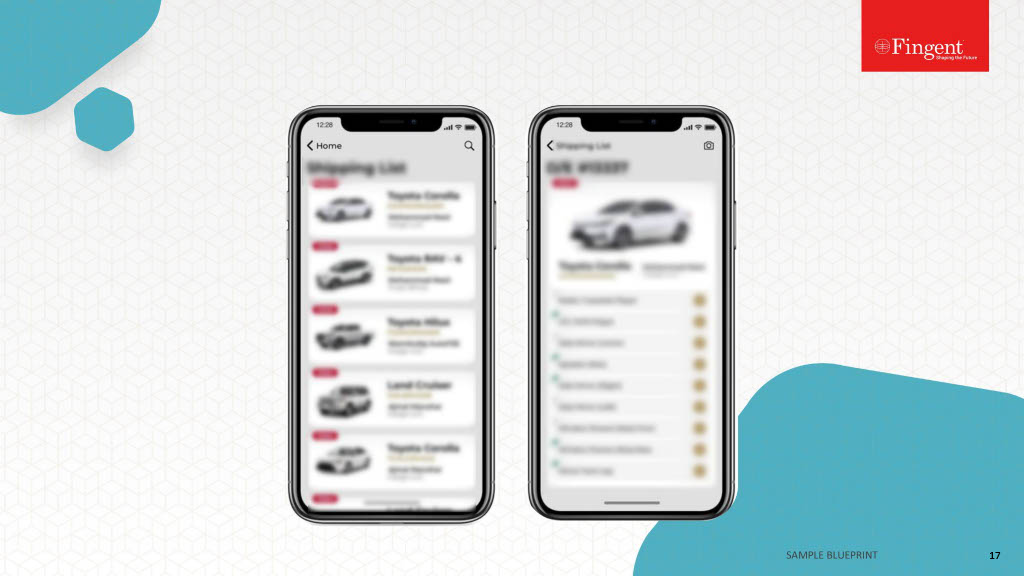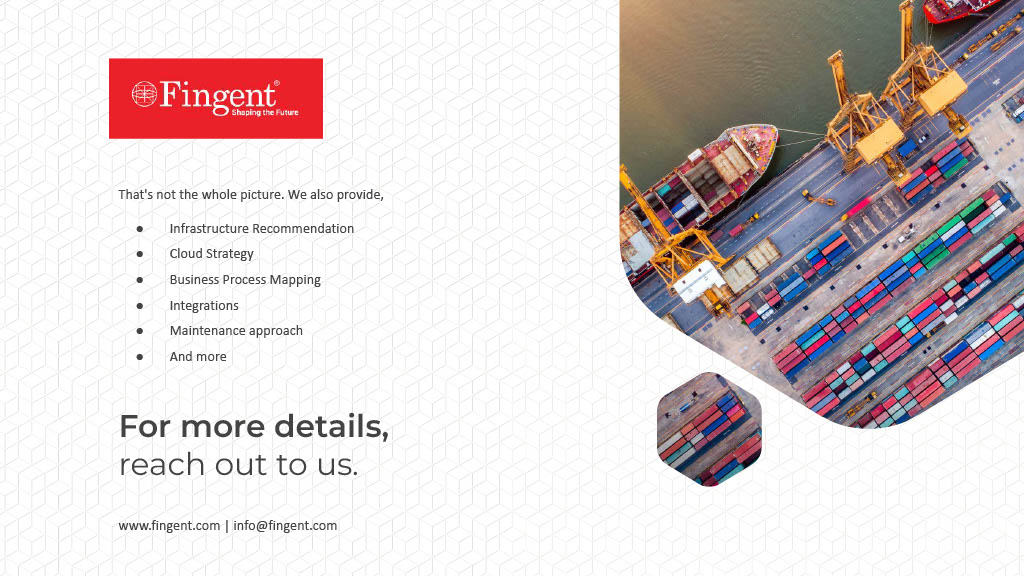Category: Business
Cyberattacks are hitting the headlines with increasing frequency. Data breaches and attacks are currently inevitable parts of running an organization. Cybercriminals are adept at using phishing, malware, or insider threats to infiltrate infrastructure and steal confidential information.
Businesses that compromise their cybersecurity face more than just the loss of confidential data. Cybersecurity breaches can affect a business’s market value, jeopardize the brand reputation and compromise competitiveness. The effects of a single cyber-attack can be permanent and devastating.
How do you combat this era of over-smart cyber criminals? You need more than cyber security. What you need is cyber resilience!
Are you wondering what the best way to protect your company from within and without is? Do you want to secure your business in this volatile economic atmosphere?
If YES is your answer, please continue reading to find out why shifting from cybersecurity to cyber resilience is necessary.
Why Has It Become Necessary to Shift from Cybersecurity to Cyber Resilience
Pandemics are not the only calamities from which a business needs to build resiliency. Any unforeseen event, be it a natural calamity, a shift in the economy, or anything else, needs to be part of comprehensive disaster recovery planning.
Such unforeseen events provide many risk-based opportunities to pivot in response to risk. Chief among these is digital transformation. Here are four risk-based opportunities that make it necessary to shift from cybersecurity to cyber resilience.
1. Strategic risks: Included among many others are business continuity, reputational hazard, competition, insurance legal risks, and more. If these risks are not mitigated in time, they can affect organizational sustainability.
2. Financial risks: Financial risks have implications for regulators, tax complexities, and employee outsourcing.
3. Operational risks: Operational risks include organizational and digital functions, from employee well-being to AI and robotics. It can affect the business process and all those involved.
4. Remote work: This can easily expose an organization to cyber threats.
If an organization becomes a target of persistent cyber threats, its networks will likely be compromised. That is why businesses must be ready.
Cyber resilience allows an organization to minimize the impact of persistent threats. It lowers the probability of a successful attack and minimizes the damage if the attack is successful.
Read more: A Detailed Whitepaper On – Is Cyber Resilience Over Taking Cybersecurity for Good?
How Are They Different From Each Other?
1. Cyber security-the mighty wall
Cyber security is about reacting to a cyber-attack while cyber resilience is about anticipating a possible attack.
Cyber security is about technologies and processes designed to shield computer systems, networks, and data from cyber threats.
For example, when an empire wants to prevent security breaches, it might first build a huge, robust wall. If it feels that is not sufficient, it may construct another wall that is higher than the existing wall and perhaps add a ditch.
Can such measures completely protect an empire from a breach? Well, history has a different story to tell.
Cyber security is somewhat like that wall. It is more focused on preventing hackers from breaching ITs’ security wall. While it may prevent the majority of attacks, a hacker can still find ways to breach that mighty wall when the landscape changes. Despite all measures, an organization may be still vulnerable to a cyber-attack.
Read more: Artificial Intelligence and Machine Learning: The Cyber Security Heroes of FinTech!
2. Cyber resilience-an ever-equipped and ever-prepared tech-ninja
The goal of cyber resilience is to anticipate, withstand, and adapt. It depends on the theory of “when there is a cyber-attack,” not “if there is a cyber-attack.”
A cyber resilient business is like a ninja, able to respond and recover from a cyber-attack. Such a business can continue to operate through the attack, and eventually, get back on track and become more capable of withstanding future disruptions.
It helps organizations to foresee hackers’ activities and be informed about the possible threats they pose. This way organizations are prepared to prevent and protect, defend and respond successfully to any attacks.
Cyber resilience is not just a security measure. It is a cultural shift – a full-time task that applies security best practices to defend an organization’s networks and systems. here are five key areas:
- Prepare: Preparation is key to success! Hence, to prevent cyber-attacks an organization requires a multi-layered approach. This includes technology, people, and processes. Cyber resilience involves having comprehensive security policies and providing training and in-work support to ensure that all involved know their role.
- Protect: In addition to basic security software, more sophisticated solutions like endpoint detection and response solution provide a greater degree of protection. Security awareness training and data protection layers offer even greater cyber resilience levels.
- Durability: Building durability into an organization is one of the end goals of cyber resilience. Adopting a single platform for data and content can make it easier to protect an organization as a breach can be identified quickly and quarantined before it affects other sections. All this while, employees can continue to access other systems and data.
- Recovery: Resilience means rising every time we fall. Cyber resilience means returning to normal no matter what. To avoid a complete halt to all business operations, an effective data backup and recovery is essential. Automated, granular backup and recovery of data to a separate network will enable businesses to quickly restore data that may have been seized or wiped.
- Adapt: According to a writer, adaptability is the simple secret of survival! And that is a key component of cyber resilience. Security solutions that leverage up-to-the-minute threat intelligence ensures that a network can adapt automatically to the latest threats. This sort of intelligence allows you to understand the current threats and make accurate predictions about likely attacks in the future.
Read more: Redefining Cyber Security Needs With AI!
ACT and not REACT
Data and infrastructural security are the topmost concern of every organization. Active and continuous protection is a must for tools and techniques. This is also why investing in cyber resilience can never go wrong in any condition.
Cyber resilience equips businesses with technical know-how in order to prepare for the worst and ensures it can deliver in the worst situations.
Cyber resilience involves a change of mindset. It is also about security operating within the organization and beyond. It is only by thinking of overall network resiliency that businesses can surmount existing threats, and overcome future threats.
Security experts at Fingent have their finger on the pulse of the digital world and know how to nip cyber threats in the bud and keep your business resilient from attacks. This means that you leave your cyber worries in our hands with the confidence that it will be dealt with effectively.
Call us and let’s discuss your security needs and how we can fulfill them.
Stay up to date on what's new

Featured Blogs
Stay up to date on
what's new



Talk To Our Experts
“Innovation is critical to the future well-being of society and to driving economic growth.”
Prior to the COVID-19 outbreak, several organizations were reluctant to consider digital innovation as a cornerstone of their business strategy. A sea of overnight changes forced them to try and implement a digital-first strategy, without even knowing how they can effectively choose and adopt digital tools. Data shows that 94% of executives are unhappy with their firms’ innovation performance, despite spending heavily on incubators, accelerators, and internal venture capital. These businesses are unable to create any impact because their efforts are stifled by some of the biggest barriers to innovation, such as lack of organizational support, inability to foresee the long-term rewards offered by customized solutions, and poor process and data management, among others.
In this post, we’ll briefly examine five major innovation hurdles faced by business leaders today and how these challenges can be busted.
Read more: Top 5 Organizational Imperatives for Business Leaders to Become Winners in the New Normal
1. Organizational Resistance
True digital innovation embraces an organization’s leadership, work culture, technology, and business practices. Many business leaders struggle with digital innovation because it appears to oppose their established ways of working, which they have been practicing for decades. It’s hard to get innovation right within a rigid organizational structure where mistakes cannot be tolerated. At the same time, every organization cannot afford to engage in costly and time-consuming experiments that will intervene their daily show.
Overcome Resistance Through Outsourcing
By strategically outsourcing innovation, business leaders can reduce the experimental cycle times and lower the associated risks and costs. Consider the insurance law industry that processes massive amounts of legal documents and insurance data on a daily basis. A typical employee compensation claim would take nearly three years for final settlement, after all the paper sifting, consulting, probing, and finalization. The average case settlement time costs a carrier close to $85k. Sapra & Navarra, a leading Californian attorney wanted to put an end to this enigma. They outsourced their technology requirements and developed an AI and Machine Learning program that enhanced and accelerated the activities involved in processing workers’ compensation claims.
The result: 50% decrease in average total claim costs, claim cycle time, and associated personnel costs.
Outsourcing your digital innovation project gives you access to top-rated specialists in various technologies such as AR, VR, IoT, automation, blockchain, mobility, enterprise content management, data analytics, and business intelligence. Outsourcing saves your cost and time and makes your business scalable for future needs.
2. Disorganized Innovation Process
Several organizations fail to formulate a process to guide sustainable innovation. Companies rely on serendipity instead of formally analyzing their strengths and weaknesses around innovation, thereby failing to understand and define their expectations. This prevents business leaders from broaching innovation as an enterprise-wide responsibility. Innovation thrives in an open and supportive environment where employees are assured of recognition and professional growth.
Ways To Adopt A Systematic Innovation Process
Business leaders and managers can assist with the process of innovation by:
- Understanding the operational details of innovation projects and keeping a close eye on the project performance.
- Establishing a learning-focused environment that encourages employees to speak up and try new ideas.
- Ensuring the selected ideas are well-evaluated and are based on their organization’s protocols.
- Responding to opinions and queries and motivating employees to ask the right questions.
- Paying rapt attention to customers’ needs and specifications and utilizing technology creatively to lessen their woes.
To put it simply, a systematic innovation process should have three components: a worthy problem to solve, a technology that helps develop the solution, and a business model that generates ROI from it.
Read more: Prepare For The Future of Digital Innovation with Fingent
3. The Rift Between B2B And B2C Tech
Just like how B2C customers rely on Amazon to buy their household essentials, B2B customers are also switching to digital tools for researching and buying products. Several factors, such as decision-makers, influencers, higher price points, competing sales channels, and a growing range of product lines and specifications come in the way of B2B purchasing decisions. This has caught B2B sellers in a maze of innovation challenges. More than anything else, B2B companies need to become more customer-centric to stay ahead of the competition.
How B2B Companies Can Apply Innovation
- Have a solid omnichannel strategy, with a specific focus on improving mobility. This will put better tools in the hands of B2B sales teams.
- Evolve from legacy organizational structures. The leadership should bring more clarity to digital roles and define the ownership of digital initiatives.
- Outsource digital capability building requirements to a trusted offshore software vendor. Migrate to the latest technologies like the cloud and update your legacy enterprise software to drive your innovation efforts.
Read more: Cloud Migration – Essentials to Know Before Jumping the Bandwagon
4. Too Much Focus On Short Term Gains
Building the gap between digital innovation leaders and laggards is a time-consuming endeavor, which can pay off in the long term when done rightly. Several enterprises go for ready-made, canned technology solutions in a race to become digital. Such businesses tend to lose out big as they fail to prioritize the long-term gains such as scalability and adaptability that are more crucial in their growth journey. Custom software, that is purpose-built for your business, is the best digital innovation solution that can stabilize and scale your business growth.
Reaping Long Term Rewards With Custom Software
With a solution tailored to your industry’s requirements, it becomes easy to integrate software into your organization’s daily routine. Off-the-shelf software meets only 60% of your operational business needs.
Our customers reveal the long-term benefits of adopting custom software:
- 93% of our clients saw a decline in inefficient tasks after implementing custom software
- 91% agree that tailored software solutions have increased their productivity
- 77% could reduce manual data entry errors after replacing their off-the-shelf software with custom applications
- 76% of our clients reported increased ROI
Read more: Ensuring small business success with custom software
5. Innovation Has To Be Managed Only By C-Level Execs
More than technology, the success of the digital transformation is determined by the attitude of people across the organization. According to Harvard Business Review, “when leaders think about investing in technology, they should first think about investing in the people who can make that technology useful.” This is where the main implication lies. Digital innovation success depends on your ability to adapt to the changes rather than the technology itself.
Driving Innovation Forward
In these times of change, it’s important to count diverse perspectives, talents, thoughts, and ideas to drive innovation forward. Business leaders should invest in raising new skills, think cloud and mobile-first, build personalized experiences using data, and tie all the digital channels to offer customers a unified experience.
Read more: Future-proof your business with 5G, Edge Computing, and Cloud
Start Your Digital Innovation Journey With Fingent!
Have you started your digital transformation journey yet? If not, there’s no better time than now. We’re helping businesses build robust custom solutions that can sustain their innovation model and boost their customer experience even in the wake of a black swan event. The way each business looks at innovation could be different, but what ultimately matters is how your innovation model integrates with your business strategy, long-term growth plans, team culture, ROI, budgeting, market value, and above all the impact on your customer. Are you ready to take a free assessment?
Drop us a line and our sales team will contact you shortly.
Stay up to date on what's new

Featured Blogs
Stay up to date on
what's new



Talk To Our Experts
Call it the innovation driver or the disruptive power, PropTech – the intersection of property and technology – has massively influenced real estate in recent years.
More than two-thirds of real estate players consider adopting new technology solutions as a strategic priority to survive and thrive in the post-pandemic era. While tech-driven innovation is crucial, the biggest challenge faced by real estate investors and property managers is to identify and implement the tech solutions that fit their purpose.
If you’re a property business trying to meet your expectations with the right PropTech, here’re a few solutions to focus on.
Read more: Reimagining Real Estate Operations with Fully Integrated End-to-end Solutions
Solving Real Estate Challenges with PropTech: Real-life Examples
Managing leads, arranging site tours, estimating prices, maintaining properties, handling documentation, and collecting payments are some of the major challenges hindering property management companies from scaling and growing their revenue. With the right PropTech adoption, you can mitigate them. Here’s the proof:
1. Property Listing
Keeping consistently accurate data across multiple property listing sites is a major challenge confronted by real estate aggregators. Equally important is to review the property’s performance across various listing sites.
The Challenge:
A US-based investment brokerage firm had a tough time getting real-time visibility into the performance of Commercial Real Estate (CRE) property listings. This affected their brokers’ productivity as they weren’t able to match properties to investors’ expectations. Even though the firm manages plenty of property data, legacy technology prevented them from making any gains out of it.
The Solution:
Thanks to predictive analytics and data visualization! Today, they’re realizing the benefits of data-backed decisions. With a cutting-edge net lease trading platform that leverages these tech innovations, the company is now able to personalize property and seller dashboards, track 1031 exchanges, compare listings, and help investors make better decisions.
Click here to read the full story.
2. Property Visits
Offering a safe and satisfying visitor experience to customers regardless of where they’re located is a crucial requirement in today’s competitive real estate market. There is an increasing demand for self-guided 3D virtual home tours and property visits, self-showing real estate apps, VR-powered property expos, and virtual staging tools among others. All these heavily influence buying decisions.
The Challenge:
Chasing a huge number of leads looking for leased properties and managing peak season demands were two of the major challenges that hit a leasing property management firm’s day-to-day operations. Showing vacant properties to clients across various locations via a self-guided application was an important step in connecting them to the right rental properties.
The Solution:
With an IoT-enabled self-showing application, the realtor could now virtually take visitors through vacant properties. As IoT helps consolidate discrete data from various software, the realtor could reduce unwanted overheads, minimize hardware investment, eliminate overlapping site visit schedules, and manage the growing number of leads effectively.
Want to learn more about the self-showing PropTech app? Click here.
3. Property Management Automation
Are your business development plans taking backstage due to a lack of automation? Do you rely on manual processes to manage buyers, sellers, and properties, contracting and leasing functions, property listing, and tracking, and finance and accounting? Solving this dilemma requires investing in an automated, customized PropTech solution.
The Challenge:
Inefficient communication systems, disconnected business segments, and poor customer experience failed to deliver a leading property management firm with the expected ROI. Lack of integration between various software handling individual business operations added to the prevalent inefficiencies. They needed a single platform that centralizes all the aspects of the property management life cycle.
The Solution:
Employing automation and the cloud, the realtor developed an all-in-one property management platform with customized interfaces for tenants, owners, and vendors. Cloud capabilities and automation enhanced their speed-to-market. The company grew from 2 to 160 employees within two years of implementing the software.
Read the full story to understand how the new platform serves as a robust single-source property management solution.
4. Price Estimation
With each property featuring unique attributes (such as location, floor plan, lot size, and other amenities), valuing real estate has become extremely difficult. Investors need to make more informed decisions and forecast potential earnings from a property over a given period of time. Establishing accurate property values requires churning myriads of data.
The Challenge:
Property businesses in the US lost many potential buyers as they failed to quote accurate property prices based on buyer data. Seamless coordination between buyers and sellers becomes possible only when property valuation is accurate and prices are competitive.
The Solution:
Automation and data analytics enhanced their property management skills and helped them estimate real estate prices precisely. With an integrated PropTech tool featuring a customized price estimation module, property agents get access to both investor data and pricing details, resulting in better productivity and more deal closures.
Read the case study here.
5. Real Estate Workforce Management
Managing property repairs or ensuring a property is fit for listing can be a strenuous job. Especially when handling multiple properties at the same time. Keeping track of the tasks at hand, or collaborating with the on-site workers, can take a toll if not effectively managed.
The Challenge:
Scheduling tasks, dispatching workforce to various properties, inspecting and auditing properties, keeping track of various tasks, and at the same time keeping all workforce effective, motivated and on the same page, might sound challenging, especially when the work culture keeps shifting from remote, to hybrid, to on-site!
The Solution:
The ReachOut Suite, primarily a field service management software, is a leading example of enabling an optimized field workforce. Want to assign property management tasks to your selected field service agents? Simply drag and drop the task onto their calendar. They will be alerted and you can track the progress of the task right at your fingertips, that too in real-time. ReachOut offers customizable inspection and audit templates to scrutinize your property and helps generate reports when you need them. Integrate ReachOut with your real estate inventory, accounting, quotations, and plenty of other business-critical functions to experience the power of automation and the cloud.
Click here to explore the features of ReachOut Suite.
Read more: What’s in Store for Real Estate This 2022
The Most Anticipated PropTech Trends
As PropTech continues to widely reimagine real estate operations, here’re a few trends that will hog the limelight in the coming days.
1. 5G
5G introduces extended connectivity for smart home devices with zero latency, improved augmented reality in home tours, flexibility to live and work from anywhere, and unlocks new revenue streams for CRE investors as they can lease rooftops to broaden 5G service delivery. 5G provides access to real-time data on building and infrastructure usage, tenant occupancy, and asset conditions. It facilitates instant monitoring of mechanical and electrical infrastructure in buildings, which will help avert problems before they occur.
2. Smart and Sustainable Homes
The average eco-friendly home cuts energy bills by 30%. When people are aware of their energy usage patterns and practices that harm the environment, they exercise more caution in energy usage and follow eco-friendly behavior. IoT and data analytics-enabled PropTech applications help homeowners understand better the benefits of sustainable living powered by smart home devices.
3. Neighborhood Analysis Using AI
AI and machine learning algorithms are now able to predict the evolution of urban landscapes over a said period. For instance, Google’s Street View images can be analyzed by AI to measure the safety score of a particular street based on the evaluation of data related to crimes, walkability, livability, amenities, and more.
4. Tenant Screening
PropTech applications that help owners identify financially qualified and reliable tenants will expedite the online leasing process and guarantee investors regular earnings.
Drones that facilitate virtual site tours, blockchain-enabled smart building contracts, and secure smart locks are also becoming hot pursuits in the PropTech market.
According to Metaprop, the global investor confidence in real estate technology has risen significantly, with 70% of investors planning to adopt PropTech in the next 12 months. Have you integrated PropTech into your real estate management business? If not, do take advantage of the technological revolution by partnering with a reliable PropTech development company. We develop customized property management software for our clients that leverage the latest technologies needed to make a firm stride in today’s dynamic real estate market.
Get in touch with us to understand how PropTech can take your business to the next level.
Stay up to date on what's new

Featured Blogs
Stay up to date on
what's new



Talk To Our Experts
Although rapid change has become a necessity of life in this world of instant gratification, obsolescence-avoidance and generating value from technology over a long period of time are critical. Modernizing a business model is an ongoing project. The faster you can build and distribute your product or service to your customer, the more competitive you are.
This is what cloud-native is built to handle!
The rapid growth of virtualization technologies and the popularity of distributed frameworks hastened the trend to migrate applications to the cloud. Cloud-native is a powerful new application-building approach using independent components (microservices, and other concepts) that are fast and simple to test and modify.
Are you pondering over a shift to the cloud? This blog will help you understand all you need to know about cloud-native. We are also listing out key benefits you can expect in your cloud journey.
What are Cloud-Native Apps?
Cloud-native apps are tools and applications that function in the cloud. These are highly scalable and fast. Cloud-native apps use the Platform as service tools and agile methodology to transform the entire software development process. Cloud-native apps are hosted using services from the hyperscalers (e.g., AWS, Google, Microsoft) but need not be bound to a particular cloud vendor.
Cloud-native apps should not be mistaken for another tool or another platform. It is a complete shift to a set of different practices, design, accelerated production environment, and more. It means a transformation within the entire development team of an organization.
Read more: Cloud-Native Application Development: How It’s Powering App Delivery!
Why Is Cloud-Native Important Today?
Today’s digital marketplace needs to deal with several challenges. And cloud-native computing paradigm is an apt response to those challenges. To stay relevant, businesses are expected to respond quickly to changing customer needs, and new market opportunities, and keep up with the emergence of disruptive technologies.
Cloud-native gives an organization the flexibility it needs to meet growing business requirements by addressing concerns about software reliability, security, and data management.
Let us delve deep into two important aspects: agility and reliability.
1. Agility
Regardless of what the business is, all organizations must ensure their technology continues to provide value. In software, agility is demonstrated by quick responses to new demands, made possible by reducing the time taken to deliver new features and resolve bugs.
Cloud-native practices enable organizations to respond quickly and scale up or down to handle increased or decreased demand. With modular and flexible software businesses can pivot easily when they face challenges and respond faster to customer demands, market trends, and employee preferences.
2. Reliability
Building software around cloud-native practices helps you create simpler and highly scalable applications that are more reliable and secure.
But the advantages go beyond that.
You can utilize the native security offerings provided by cloud providers. These security offerings extend the cloud provider’s security knowledge and learnings into your application, increasing your security.
In a nutshell, improved agility will help you move faster and react more quickly to security vulnerabilities that impact your applications and your organization. Thus, you will be less likely to fall victim to threats from bad actors.
Read more: Can Moving to Cloud-Native Improve Business Agility?
Increasing Business Benefits of Cloud-Native App
Different industries benefit differently from cloud-native technology. These features are what will set your business apart from your competing organizations. However, these benefits support the goals of all industries of varying sizes and scopes. Here are key benefits:
1. Reduced rollout time
The top goal for any business is a quicker time to market. Reduced rollout time offers a competitive advantage allowing businesses to embrace the current trends. Over the lifetime of an application, cloud-native practices result in faster product development and launch for updates of bug fixes and new features enhancements.
2. Cost-effective
Legacy architecture confined organizations to fixed resources regardless of their involvement in the software development process. This led costlier process as the backup was an additional service.
In cloud-native infrastructure, all solutions are designed to function on the cloud. This reduces costs on backup, maintenance, development, and usage of resources. Opting for pay per use model can drive down costs considerably.
3. Ease of management
Using a serverless platform enables straightforward infrastructure management as it does not need configuring an on-premise network and storage. With the growing popularity of cloud-native platforms, companies can reduce the time for infrastructure setup. Given that, they can now better use existing human resources in more relevant ways.
4. Improved customer experience
Traditional applications required a dedicated team for each task and long periods of time to update the software. With cloud-native apps, you no longer require to spend so much time and resources for an enhanced customer experience. The majority of customers use mobiles, and cloud-native applications take a mobile-first approach. It places emphasis on customer experience far greater than the traditional applications.
5. Reduced vendor lock-in
It is essential to choose a vendor who assures performance, security, and maintenance. However, one may have to stick to the same vendor due to the time and effort invested, even when they deliver poor quality service. With cloud-native infrastructure, you can avoid vendor lock-in by allowing services from multiple cloud providers.
6. Reusability and serverless platforms
The cloud-native infrastructure uses serverless platforms to upload portions of the code. This allows the development team to reuse the individual parts of a project’s code as they develop a new project. Since each part of the cloud-native services function contains its own logic, it saves the development team time and expense.
7. Easy troubleshooting
Cloud-native infrastructure has an inherent fault-tolerant mechanism. How does this work? The entire application is divided into microservices. Each of these microservices acts as a separate service function, which makes tracing the origin of the issue is much easier. Once the issue is tracked, it is isolated and fixed at the source. Testing microservices is faster because each one has limited interaction with the rest of the application. That means far fewer opportunities for the introduction of “unexpected” side effects.
Build Your Cloud-Native App with Fingent
With applications at the center of almost every business strategy, all industries have become software companies. Businesses that hope to be leaders in their space need the competitive edge provided by high-quality, custom-built software – developed and deployed fast.
Fingent top custom software development company understands how this journey requires investing in processes, infrastructure, and architecture to compete in the current, fast-changing marketplace. Fingent is uniquely positioned to partner with companies to deliver solutions. Let us bring our experience as applied technologists to help you maintain the technology effectiveness that meets the operational challenges and customer expectations of your business.
Stay up to date on what's new

Featured Blogs
Stay up to date on
what's new



Talk To Our Experts
Customer expectations are changing dramatically. In response, digital transformation is becoming an unstoppable wave that is overtaking all sizes of businesses. To succeed in this environment, it is vital that businesses transform into smart and intelligent ecosystems.
Digital transformation is continuously increasing its presence, by developing ecosystems that are increasingly adaptive and provide sustainability. Companies are developing a dynamic network of external partners and internal departments to provide seamless customer service.
While developing an intelligent ecosystem has been a red-hot subject during the pandemic, it is likely to further accelerate adoption, especially among mid-sized businesses. Given its value generation and potential to grow and generate revenues from new products and services, most mid-sized companies are actively considering transforming their ecosystem business model.
Is yours a mid-sized business?
Are you among the many who are wondering how to remain sustainable in today’s fast-evolving market?
If so, then this blog is designed to help you understand the reasons why you need an ecosystem that can create value.
Embrace The Future with A Smart Ecosystem
We live in a digital world, so moving with intelligent ecosystems is key to the continued improvement and growth of your business. The future of your business depends on the ability to do more with less, speedy services, and the elimination of inconsistencies.
It is time for mid-sized businesses to move into the digital age and finally put their existing tech stack to work through the digital ecosystem.
Here are five reasons why mid-size businesses must reshape ecosystems:
1. Logistics will continue to grow in complexity
Technology is changing as the world continues to change. Given that, the many needs and demands of customers and partners are changing. Those changes will continue to grow in complexity as new suppliers and businesses arise on the world scene.
To keep pace with these changes the ecosystem must adapt, creating a continuous evolution cycle. A Digital supply ecosystem powered by Artificial Intelligence can help future-proof operations.
2. Ability to make informed decisions
Today’s technology provides many things at your fingertips. Customers today, thus expect quick responses, real-time updates, and services at their doorsteps and fingertips! When demands increase, companies need to be efficient and capable of making quick decisions.
Besides, making decisions regarding delivery time, costs, and outcomes based on partial information can be detrimental to the growth of your business. On the other hand, digital ecosystems allow you to access real-time data whenever and wherever you need it, enabling you to make informed decisions that impact your business.
3. Bridge and divide for better control
An ecosystem bridges a network of organizations, people, information, and resources to move a service to the customer.
Empowered by AI, the digital ecosystem has enabled businesses to move to a more streamlined and successful chain of command. It helps bridge every team member and trading partner making quick and easy communication possible. This can be done on each and every level, without exceptions.
Read more: A Detailed Guide to Understanding Digital Business Transformation
4. Fast and free is the in-thing
In the instant world, customers expect fast and free delivery and every shipper strives to provide this. Customers would like to track their items digitally and receive real-time updates.
The current gold standard of delivery experience is two-day, one-day, or same-day deliveries. It is the minimum requirement for supply ecosystems to provide such deliveries to stay ahead of the game.
5. Recapture sustainability
Providing fast and unique customer experiences requires more energy and resources. It affects the bottom line of the business and can cause you to cut corners in other areas to make up for the expense. Doing so can have a detrimental effect on sustainability.
This is why businesses must look for ways to recapture sustainability without compromising on the gold customer experience. And leveraging a digital ecosystem that is powered by emerging technologies is one means to that end.
6. Internal and external collaboration
The strategic partnership between large organizations and large platforms is increasing. Fortunately, the ecosystem allows partners to share data when required, scale assets up or down as needed, and collaborate internally and externally.
Additionally, enormous amounts of cross-functional data with AI help pinpoint the root causes of issues and identify opportunities for performance improvement.
Read more: It’s Time To Pivot Your Legacy Software To A Platform Ecosystem!
Reshape Your Business Ecosystem with Fingent!
Creating a smart ecosystem from scratch would open up a whole new world of possibilities for your business. However, the first step would be to get your transformation right.
George Westerman a research scientist aptly said, “When digital transformation is done right, it’s like a caterpillar turning into a butterfly, but when done wrong, all you have is a really fast caterpillar.”
Fingent doesn’t just help you deploy technologies! We help you digitally transform into a future-proof and successful organization.
How do we do that?
Here’s how we helped one of our clients transform with a customized smart ecosystem!
The client: Cheetah Transportation System – a leading truck transportation service that provides transportation of time-critical freight throughout the United States.
Their requirement: They needed to rethink their existing business processes to build a sustainable competitive advantage.
Their challenges:
- Complexities in placing and handling orders
- Licensed third-party software was partially used but was increasing overhead costs
- Ineffective Master Data Management
- Inability to provide their customers with real-time updates about their shipment
- Complex off-the-shelf systems
- An inefficient process led to delays, increased trip cycles, and wasted resources and time
What role did Fingent play in its digital transformation?
After a thorough analysis of their major pain points, Fingent helped Cheetah Transportation System build a customized software solution that included a web app for dispatches and administrators and a mobile app for drivers to simplify their interactions with the company. Their new transformed ecosystem streamlined:
- Rate Sheet Management
- Master Data Management
- Invoice & Accounting
- Payment Processing
- EDI and GP Integrations
- Dashboards and Reports
The solution’s overall architecture helped Cheetah maintain business transparency, avoid potential disruptions and do much more than what was possible with their previous system. They could reduce the time taken to respond to customer queries by 30%, and save overall time by 40% with automated tasks and real-time reporting. The company also gained an increased capability to ensure continuous performance optimization.
At Fingent the digital transformation strategies are focused on the value it brings to businesses and their customers. Once we identify gaps and growth points, we offer customized technology solutions that can help clients to stay ahead of their competition in the current fast-changing digital world.
To know more about how we can help you reshape your business ecosystem for a sustainable and successful future, connect with our experts today!
Stay up to date on what's new

Featured Blogs
Stay up to date on
what's new



Talk To Our Experts
Augmented Intelligence has presented enormous potential in several sectors. Enterprises are adopting Augmented Intelligence to gain the best outcomes.
After 2 years of disruption, partners, employees, and customers increasingly expect businesses to focus on long-term value creation. With this new mandate, enterprises adopted Augmented Intelligence to build resilient businesses that prioritize communities, employees, and better customer experience.
Augmented Intelligence is poised to improve the speed and quality of employees. It improves household and workplace security, combats fraud, and increases productivity. Deploying Augmented Intelligence correctly can diminish information overload and lead to fast, data-driven decisions.
This blog discusses how you can improve business performance with Augmented Intelligence.
Some confuse Augmented Intelligence with Artificial Intelligence (AI). Is there a difference? Let us first find that out.
What Is Augmented Intelligence?
Essentially, Augmented Intelligence boosts human abilities and has the potential to revolutionize how we live and work. Augmented Intelligence is the utilization of AI and other types of automation to provide new and better information to help professionals make better-informed decisions, rather than having fully automated decisions. Augmented Intelligence may also eliminate rote tasks, freeing people to reflect and evaluate more easily.
AI enables machines to think and act like humans, whereas Augmented Intelligence uses the same machines to assist humans with specific tasks enabling them to make smarter and faster decisions. That means not only discovering hard-to-see trends, conditions, and outliers but also presenting these things to decision-makers in timely and easy-to-understand formats.
Read more: The Convergence of Edge Computing and AI: Why Is It Important For Your Business?
Does Your Business Need Augmented Intelligence?
Augmented Intelligence can make sense in any business where experienced and knowledgeable employees are key to business success. Job functions that involve making sense of many factors can benefit from Augmented Intelligence capabilities that organize or synthesize information. Companies that have difficulty finding people with the right experience or with business roles that involve lots of training can employ Augmented Intelligence to reduce training needs.
1. Distribute accurate information companywide
Deploying Augmented Intelligence helps data scientists prepare data, gain the latest insights, and distribute necessary information to all involved. It offers the full benefits of connecting technology and analytics with your employees.
2. Ease of use
The Augmented Intelligence capabilities help routinely assemble information from all types of structured data, from multiple sources. After gathering it, it can clearly present relevant data for humans to see from every angle. This allows employees to be more informed on news across their organization.
How Does Augmented Intelligence Improve Business Performance?
Augmented Intelligence is a partnership model of people and AI working to enhance decision making, cognitive performance, and more. Business leaders striving for competitive advantages are finding that Augmented Intelligence elevates the prowess of their workforce in a variety of areas. Here are some ways Augmented Intelligence can improve business performance.
1. Build a “high-trust network”
New employees may not be familiar with how the business functions. Such unfamiliarity can shift your work culture to higher supervision leading to more towards a “low-trust network.”
Leveraging Augmented Intelligence can equip newer staff to rapidly achieve the competence they need to take responsibility for running their own areas of business leading to a “high-trust network.”
2. Prevent blind spots
Businesses that cannot see the necessary information when they need it grows slowly.
Augmented Intelligence can help you see all the information about your business, customers, employees, or even competitors. Such information will help plan your business strategies meticulously, yet quickly.
3. Improve the customer environment for better satisfaction
Augmented Intelligence helps businesses create innovative products and services. These innovations can enable a business to address customers’ queries faster, improving the customer environment.
Read more: Memorable Customer Experience – A Key For Brand Transformation!
4. Faster and smarter decision making
Businesses that make decisions faster and smarter are the ones that grow and remain resilient during a critical period.
Using Augmented Intelligence to make suggestions to employees and record their responses can help you come up with the best solutions faster. It can help achieve faster results and save significant costs by reducing risky experiments.
5. Tighter security and lighter resource
Augmented Intelligence enhances the speed of knowledge in human resources and cybersecurity. By using the capabilities of Augmented Intelligence, companies can sense, decide, and act at speed and scale. Thus, companies can achieve faster results, cut costs, generate insights, and improve security.
6. Enables strategic planning
Businesses without strategic planning are like a traveler without a map. Strategic planning creates a map for businesses to follow and correct course when needed. This is where Augmented Intelligence plays a key role.
Augmented Intelligence tools can help clean data sets and forecast future trends based on social trends and customer feedback. Thus, you will be able to make smarter marketing plans, faster.
7. Enhanced customer relationships
The success of a business greatly depends on customer relationship management. The better the relationship, the easier it is to generate leads and revenue.
Challenge is when the business grows, the customer base increases. Such an increase can affect how you manage your customer relationship leading to either satisfied or dissatisfied customers. Thankfully, you can manage customer relationships in a sustainable and consistent way with Augmented Intelligence.
8. Keep tabs on financials
Financial monitoring is continually evolving. It’s no longer enough for companies to have regular, reliable financial reports. Today’s businesses benefit from real-time notifications and early warnings of trouble. Examples of not being able to monitor financials effectively could be the inability to invoice fast enough, detection of inaccurate billing, or identification of services that are no longer profitable.
Augmented Intelligence capabilities can help businesses keep track of their financials even during a period of intense growth.
Read more: Can Augmented Intelligence Improve Finance and Accounting?
Let Fingent Create a Recipe for Success with Augmented Intelligence
If Augmented Intelligence is like fine dining. Artificial Intelligence, RPA, and Machine Learning are just some of its ingredients. An experienced chef like Fingent can combine them in the right ways and at the right time to make an outstanding dish.
Fingent professionals are experts in applied technology. We work with clients to understand their business objectives. By employing the right mix of technology we devise options for advancing their business strategy within available budgets and required timeframes.
With an ever-evolving competitive landscape, enterprises deploying Augmented Intelligence will be quicker to insights, faster to market, and more able to leverage data to navigate changing conditions today and into the future. Our experience working with many clients from many sectors and types has equipped us with insights beyond a narrow and vertical.
Give us a call and let’s discuss your project.
Stay up to date on what's new

Featured Blogs
Stay up to date on
what's new



Talk To Our Experts
Your Financial Service business needs software solutions that fully consider all the individual features of your services.
Why?
The best financial advice must be provided in real-time and should be based on customer behavior. Their services must be original and unique for successful business development. This is what will make you different and will help you stand out from your competition and emerge a winner.
How do you achieve that?
Custom software for financial firms can solve complex challenges of business workflow. With custom software leading the way, the finance industry is seeing a significant shift in multiple areas including customer experience and business operations.
You see, to stay competitive it is important not to cut corners when dealing with customers. To win a customer and retain his financial services, you need versatile capabilities that will help you stay customer-centric despite the rigid nature of the industry.
A financial custom software application can help financial services match customers’ high expectations while managing the company’s unique needs. They offer simplified transactions between people and enable financial institutions to create a wider customer base.
In this article, you will find out how you can deliver services that separate you from your competition.
Read more: Digital Transformation in Financial Services: All You Need to Know!
What Is Custom Software and Why Do You Need It Now?
Unlike off-the-shelf solutions, custom software is designed and developed exclusively for each customer’s tasks and requests. The custom software solution can be designed to handle the roadblocks specific to you. Given that, you can choose to eliminate features that your business does not need.
1. Custom software is built around your business landscape
Off-the-shelf applications are rigid and do not allow you to adapt quickly when market dynamics change. Whereas custom software can be responsive to your customer base and market advancements.
2. Ensures robust data protection
The foundation of financial services is based on trust as it deals with private and sensitive data that demand robust protection. Custom software gives you control over the level of security you need to keep your customer’s data and your reputation uncompromised.
Trust is a fragile thing in the finance industry. A small mistake or a performance issue can drive your clients away from you to your competition. Essentially, one mistake due to data vulnerabilities can cost your company and your customer millions.
There are hordes of hackers looking for opportunities to steal financial data. Custom software ensures your security requirements are adjusted to keep your customers’ data secure.
While keeping your customers’ data secure is of paramount importance, those measures should not jeopardize customer engagement. This balance can be achieved through custom software development as it allows you to create an engaging digital tool that also helps keep your data safe.
3. Competitive advantage
Custom software is dedicated to achieving the results that you want. So, it is a strategic initiative and investment that allows you to align with your business. When you custom-build your software with a futuristic outlook, your business can outperform your competitors in the long run.
4. Address errors in real-time
When customers encounter a bug while making a transaction, they will expect an immediate resolution. Custom software allows your team to provide a quick response without depending on scheduled maintenance.
5. Scale up as required
The market is always in flux with changing customer demands. Responding quickly to those changes is only possible if the software is flexible and agile. Custom software can be built with the ability to scale as and when required. It allows you to add new features and integrate 3rd party services that enhance your app’s performance. The ability to scale as required can support rapid business growth.
6. Seamless customer experience
Today’s customers expect convenience, speed, and seamless experience across multiple touchpoints. Custom software can make it easy for your organization to intelligently and adequately handle any business challenge.
To become customer-centric, financial services need to integrate digital capabilities to keep up with market dynamics. It provides the technological backbone that can adapt to your organization’s growth.
Custom software is personalized to meet customers’ business needs. With a simplified business process, and operations your customers will find it easy to use. As a result, tailored software always scores high on the customer satisfaction front.
Read more: FinTech: Safeguarding Customer Interest In The Post Pandemic World.
7. Technologies under control
Preconfigured software does not offer much control over the choice of technologies. But custom software can make any technology more competent, sustainable, and efficient. You can tailor it to meet your expectations and deploy it into your existing business process.
8. Exclusively yours
Each finance service is unique, and fulfilling the unique needs of the business is only possible with tailored software. This makes customized software a requirement and not an option.
It will work exactly the way you want it to work. Instead of you adjusting your business process according to the software, custom software fits right into your business process to help you achieve your business goals.
9. Optimized cost control
As mentioned earlier, customized software allows you to choose preferred features and functionalities based on your business priorities.
You are at liberty to opt-out of a particular functionality if you feel it is irrelevant to your business. So, you pay only for the features and functionalities that you need. This can considerably save your technology investment costs.
10. Real-time reporting
Finance services rely heavily on reporting. You may have to spend hours digging your way through a number of excel sheets and other files. Customizing your software can spare you that pain and save you time as it can give you a summarized report.
Read more: Business Intelligence in Financial Services
11. Compatible with your existing process
You may have been using many useful tools and technologies. Creating custom software does not mean you have to revamp your entire business process.
Conversely, since the custom development process involves consideration of the various tools that you already have, the software can be built to be compatible with your existing process.
12. Reduced risk factor
With off-the-shelf software, your business will be highly affected if you decide not to maintain your application, or your business goes bankrupt. During such dire circumstances, you will have to either change your business process or find another vendor to develop another software.
This can mean extra expense on your business investments. On the contrary custom software can be maintained as long as you need it to be maintained.
13. Relieves you from constant concern
Each business has its own concerns. When a custom software does its work perfectly and serves its purpose optimally, you will be relieved to focus on your core job instead of spending enormous amounts of time finding solutions to your routine business concerns.
An Essential Boost for Your Business
Custom software is the right decision for your business and within your budget. It works more efficiently and can provide your business model with the much-needed lift.
So, take time to analyze the needs of your business and choose the right software for your business.
Give us a call and let’s discuss what that is for you.
Stay up to date on what's new

Featured Blogs
Stay up to date on
what's new



Talk To Our Experts
Old is gold … but is it? There are some things that get better with age of course, but when it comes to software, it’s a hard NO.
Business after Covid is not the same as when you started it. So, using legacy software to run your business is like using bullock carts for transportation even when bullet trains are available.
True, there are some systems that are hard to be replaced. On the other hand, there are some that need to be modernized or even completely scrapped. One of these is legacy software. Nevertheless, the modernization or replacement of legacy software is not always defined by its age. It might be that it is no longer relevant to the current business strategy and goals. When such software becomes difficult to maintain and improve, it is time to pivot to the platform ecosystem.
This article discusses the benefits of pivoting your legacy software into a platform ecosystem. Before that let’s understand when and how a company should consider pivoting to the platform ecosystem.
Let’s start by understanding what a platform ecosystem is.
Read more: 5 Ways Application Modernization Enables Your Business to Grow and Reap ROI During a Pandemic
What Is Platform Ecosystem?
A platform ecosystem is a connected system of companies that share large amounts of data with a common goal. When executed well, it has a massive impact on solving societal challenges successfully establishing and launching a viable ecosystem.
When Should a Company Consider Pivoting to AI-enabled Platform Ecosystem?
Legacy software may have been useful in the past. Today, you no longer see enough ROI. The longer you allow it to interfere with your business, the more resources you will have to devote to keep your current system functioning.
After all, any company would expect to profit while ensuring to invest in the right places. Recognizing the obvious downsides will help you understand when and why you must pivot to the platform ecosystem. Here are three examples that increase the cost of running legacy software:
1. Maintenance cost
Overhead cost: When your legacy software needs constant patching and repairs, your overhead costs can increase exponentially.
Human resource: If your team spends most of their time on maintenance, they will be distracted from higher-value projects that can contribute to increased ROI.
2. Cost of Integration
Integrations: You may feel tempted to look for workarounds that allow your system to work with current software and hardware. This can lead to reinventing your entire system. Essentially, you will be left with a lot of new patches on the old system that can increase your integration cost and maintenance costs.
Equipment: You will have to retain some of the old software and hardware because of compatibility issues. Maintaining such old equipment also can increase your cost in terms of money and human resources.
3. Cost of brand image
Customer retention: Because legacy software may become cumbersome and slow for today’s fast-paced customers, they may move on to your competition. These customers may include some of your loyal customers who lose patience. Gradually, such loss of customers will diminish your market share.
Brand reputation: Cumbersome legacy software can change the way your existing customers and the general public view your brand. Remember, if it costs your reputation, it will cost your business!
Read more: Why modernize your legacy systems. What is the best approach?
Steps to Pivot Your Legacy Software
Steps to pivot legacy software to a platform ecosystem vary from business to business. But there are common threads in how they can approach this journey. The companies wishing to grow with AI-enabled platforms must carefully assess and plan the transition. Doing so will ensure long-term success.
1. Assess and document your current software
Analyze and document how your current software fails to meet your business needs. Such analysis will help you understand what you need.
Create a journey map to visualize the UX and CX of your legacy system. Find out how your partners, customers, and stakeholders are using your current system.
This is a preliminary step so do not rush through your assessment. A thorough review now can provide you with a clearer picture of your journey and save you much time and resources during the journey.
2. Find out the right strategy for your organization
Some of the strategies you could consider are replace, rebuild, rehost, and re-platform. The right strategy depends on various factors including the expected ROI, the timeline, and more. It is important to get your stakeholders involved in this step.
Read more: Legacy Software Modernization: For Organizational Survival!
3. Access to partners’ data
Access to partners’ data plays a huge part in driving value. Ensure to include access to partners’ data. Also, ensure this relationship comes with the ability to use AI models like customer matches and recommendations.
4. Create an interface and a timeline
Ecosystem partners need access to AI data and decisions. This is made possible by creating an API architecture. API network allows providers to interface with the company.
When mapping out your journey, factor in the time you will need to locate any other resources and the current projects your team is working on.
5. Identify and gather
Most decisions are made by AI. Hence, Identify the key decisions that you would want AI to make and then use that data to train the models.
6. Design and implement a smooth process
The frictionless platform model can simplify the process for your customers. Work with your partners to design and implement a seamless process that meets your customer needs.
7. Data is power use it wisely
The machine learning process will continue to improve as they make decisions, and they will get better at predicting or recommending. Retrain them as soon as you source new data. You can also train them when you notice that they are not doing their job very effectively.
8. Begin implementing your project plan
Once you start implementing your project plan, ensure to keep all lines of communication open and clear. Sharing information across the team about changes will help prevent problems.
Advantages Of Pivoting to Platform Ecosystem
The primary value of the platform is to grow your business. It is also useful for gathering data to train AI models. Each new member of the ecosystem provides more value to the network and more data. As result, you will have better AI models.
Data powers AI-enabled decisions in order to quickly and efficiently process claims for your customer. In a platform ecosystem, companies work together towards a common goal. They create value for each other and their customers. Clearly, new technology delivers a bigger return than keeping the existing software. At Fingent top software development company, we work with our clients to make this transformation smooth and seamless.
Give us a call and allow us to help you effortlessly pivot your legacy software into a platform ecosystem.
Stay up to date on what's new

Featured Blogs
Stay up to date on
what's new



Talk To Our Experts
The onset of globalization has encouraged business operations on an international scale. It offers companies the opportunity to reach new customers in new markets. Exposure to unknown markets and sometimes even known markets can expose businesses to greater competition and greater risk. However, efficient management of the supply chain can do away with many of these risks and put you on the path to success.
The challenges in the supply chain can include being unsure of the reliability of your suppliers, and their quality, cost, lead time, lot size, and more. Your business will surely profit if you had a way to monitor your supplies and the risks to your business.
Yes, clear visibility is crucial.
This is where custom software can benefit your business!
Custom software equips you with a way to collect, organize, and monitor the supplier-related information that is most meaningful to your business. This blog discusses which functions of the supply chain can be better managed with custom software and also talks about the benefits this can bring to your business.
Why Is Customized Supply Chain Management Software Important?
Efficient management of the supply chain depends primarily on data gathered at each stage of the supply chain process. The success of the business hinges on the way companies use those insights to make decisions that optimize demand, supply, inventory, and deliveries.
That is why custom software is essential to managing the supply chain. Custom software can enable organizations to make better use of their data as it gives structure to the information already in their possession.
Through the use of custom software solutions, companies can identify faults in their supply chain process. Such visibility can help them make better inventory decisions or inform their customers of the shipping status for their confirmed orders.
Essentially, custom software is instrumental in improving business operations and relationships with both customers and suppliers.
Read more: Build or Buy Logistic Software: An End To The Prolonged Discussion
Manage Key Supply Chain Functions with Custom Software
Every business is unique in its functions. A software can address the specific company challenges only when customized and tailor-built after crucially analyzing the workflows and industry pain points. Here are a few to look into.
- Raw material acquisition: Supply chain management is a journey, and purchasing is at the beginning of that journey. Purchasing includes sourcing raw materials and other resources. Custom software enables smooth coordination with suppliers to deliver the material without any delays requires.
- Planning and forecasting: The operations team must anticipate the possible market demand and the number of units for production. Over-anticipated demand can result in excess inventory costs. If it is underestimated, then the company will not be able to meet its customer demand and thus lose revenue. Custom solutions for planning and forecasting can help the operations team to anticipate demands more accurately.
- Warehouse arrangement: Supply chain management requires warehouse arrangements till it is shipped for delivery. If the products are delivered outside the country or state limits, there will also be a need for outstation warehouses. Custom software can optimize logistics to reach end-point delivery without any glitches.
Advantages Of Custom Software in Supply Chain Management
1. Increased transparency throughout the supply chain
Knowing exactly where your item is at any given time is important for all businesses as it allows you to sell the item before it even reaches your warehouse. Custom software can help you sell this way because it can pinpoint the exact location of your item and the time that it will reach your warehouse.
This will allow you to provide a guarantee to your customer that he will receive the product he purchased. Streamlining the supply chain will help achieve faster response times and increase customer loyalty.
2. Efficient inventory management
With the help of custom software, you can sell your item while it is on the move or as it is in the making. It can help you estimate how many items you must produce, eliminating excessive production.
3. Supplier management
You can keep a good relationship with your suppliers with custom software. Real-time data will allow you to know if you are running out of stock or if your tools and equipment need repair or replacement. This data will help you contact your suppliers immediately and thus minimize any potential delays.
You will also have details such as account receivables and other information at your fingertips when dealing with your suppliers. This will ensure that you are up to date with payments and discounts. As a result, you notice that your communication and cooperation with dealers and vendors improve considerably.
4. Streamline Processes
Custom software will create highly streamlined processes for supply chain management, especially for businesses that operate from different locations across the globe.
Fully customized software enables companies to accumulate all business data in one centralized location. Employees greatly benefit from this as they can now gain access to the latest versions of data, even if they are accessing it from multiple locations or branches.
5. Un-bottleneck your supply chain
Bottlenecks in the supply chain are a direct result of the ineffective system in place that does not allow teams in different locations to communicate and align statuses to fulfill overall objectives. Companies that experience such bottlenecks miss opportunities and lose customers because they are unable to provide what their customers want.
An unsatisfied customer walks out on you and straight into the open arms of your competition. If you are beginning to notice lower satisfaction rates, numerous complaints, or bad reviews from the customers, it is time to explore custom software that can give you a business-targeted approach to customer experience.
When a business looks to meet or exceed customer demands, they have to rely heavily on its supply chain. Internal bottlenecks can slow down the entire process and risk order fulfillment. To prevent such bottlenecks, a business must understand what causes them and how to prevent them.
Custom software can help a business identify such bottlenecks and thus help efficiently manage the supply chain.
Save Money, Time, and Your Business!
It is clear that custom software comes with many benefits. It is also obvious that it saves money with time. While off-the-shelf software may come with a lower initial cost, investing in custom software will give more benefits to the supply chain management cycle. It improves sales functions and boosts productivity.
Custom software that is fully optimized to the supply chain will improve business function in a way no off-the-shelf software can. Fully optimizing the supply chain process can be lean and seamless through the use of custom software. If the business growth process is left unchecked by the off-the-shelf software solutions it can become highly chaotic. Custom software gives companies a higher level of control over all supply chain operations while taking control over the growth process.
A company that is digitally driven by custom software automatically enables a more proactive and open business. If this is what you want for your business, give us a call.
Our experts at Fingent thrive on creating custom solutions for our clients. They will be happy to talk through the game plan with you and show you how your business can excel with custom software for your supply chain.
Stay up to date on what's new

Featured Blogs
Stay up to date on
what's new



Talk To Our Experts
The popularity of edge computing and artificial intelligence (AI) has risen in recent years due to the widespread adoption of mobile technology and the Internet of Things (IoT) by various industries. The Linux Foundation’s State of the Edge Report 2021 predicts that the global market capitalization of edge computing infrastructure would reach $800 billion by 2028. If edge computing garners a wider attention span, the number of enterprises investing in AI is also growing year over year. According to the State of AI 2021 Report, the global AI funding witnessed a whopping 108% increase in 2021. More than 54% of the organizations surveyed by McKinsey in 2021 said that they have adopted AI in at least one function.
Individually, both AI and edge computing help businesses in incredible ways and hold immense potential for future development. Many forward-looking organizations are investing in these two technologies as part of their digital transformation journey. “Two heads are better than one”, goes the saying. True to this, many enterprises and technology champions are discovering new opportunities by combining edge computing and AI, or Edge AI. In this blog, we’ll see how edge computing and AI are being put to work together and discuss some use cases that will take AI applications to the edge.
Read more: Future-proof your business with 5G, edge computing and cloud
What is Edge Computing?
Edge computing refers to a distributed computing framework that brings the deployment of computing and storage resources closer to the data sources, such as local edge servers or IoT devices. By bringing enterprise applications closer to the data sources, edge computing offers a multitude of business benefits; including faster data processing and insights generation, better response times, and enhanced bandwidth availability.
In edge computing, all your device-generated data is processed and analyzed close to the source where it’s created. By preventing your data from traveling over a network to a centralized or cloud data center, edge computing reduces latency and improves bandwidth availability.
Example: Electric vehicles (EVs) leverage edge computing for data aggregation and insights generation, which help optimize charging stations and monitor the health of EV batteries.
Read more: 9 examples of artificial intelligence transforming business today
What is AI?
Artificial Intelligence or AI refers to machine intelligence, where a computer-controlled (software-programmed) machine simulates human intelligence to perceive its environment and take corresponding actions that help the machine achieve its goals. AI uses machine learning and deep learning techniques to churn robust input datasets (labeled training data) and enable rapid problem-solving.
The content recommendation systems used by Amazon, Netflix, or YouTube and Google’s advanced web search engine are some of the leading examples of AI today. The growth of artificial neural networks and deep learning technologies enable AI systems to process massive amounts of data at an incredible pace and predict future states with exceptional accuracy.
AI-powered applications command a larger share in today’s enterprise landscape. AI helps banks, insurance companies, and financial institutions with fraud detection. AI is being used by conversational bots to enhance customer service. Smart assistants like Siri and Alexa leverage AI to improve customer experience. Hospitals and healthcare providers use AI-embedded applications for making clinical decisions and delivering remote patient care.
Case Study: MUSA, Fingent’s AI-powered virtual assistant minimizes day-to-day workplaces struggles related to PeopleOps and DevOps. Read Now!
Edge AI: The Next Wave of Enterprise Digital Transformation
AI applications give the intended results by relying on seamless data transmission and computation of complex ML algorithms. Edge computing helps move AI systems close to the source where the data is generated. When AI computation is done at the edge of the network, next to the data source, it gives more accurate and desired results. This process has given rise to a new computing paradigm: Edge AI.
In edge AI, both data generation and computation take place at the network’s edge, instead of sending and processing data in a faraway cloud computing center. Here, “edge” of the network could connote anything – mobile devices, retail stores, factories, hospitals, medical equipment, traffic lights, autonomous vehicles, and so on.
Read more: Quantum vs. Neuromorphic Computing: What Will the Future of AI Look Like?
Here’s how your business can benefit from the adoption of edge AI:
1. Low-power, offline capabilities
Traditional AI applications require enormous amount of processing and computational power to operate some of the complex ML algorithms. Distance from the cloud servers often affects the deployment of AI systems in remote locations. Edge computing helps overcome this challenge as the technology is designed to operate in low-power, offline environment. For instance, blockchain and smart contracts that rely on decentralized ledger technology (requiring no central broker or mediator) can independently run on computation-heavy AI algorithms within the edge devices.
2. Faster computing and real-time insights
Edge AI enables your applications to respond to users’ requirements in real-time. This is because edge computing analyzes data locally, close to the source where it’s generated, instead of a remote cloud data center, which usually delays responses due to long-distance communications.
3. Better data security
If AI ensures the privacy of data that needs to be analyzed by securing if from getting exposed to cyber miscreants, edge AI adds an additional layer of privacy by containing that data locally. Edge AI uploads only the insights and analysis to the cloud and even anonymizes the data uploaded for training purposes to protect user identities. Thus, edge AI enables businesses to ensure data regulatory compliance.
4. Constant improvement
AI models can improve their accuracy when they get access to more training data. When an edge AI application confronts data that it is unable of processing, the application will upload the data so that it can retrain and learn from it. Since the new data set is captured right at the production edge (without any transmission delays), the edge AI application will quickly learn from the new data, ensuring constant improvement through learning.
5. Cost reduction
Offline capabilities and decentralization enable Edge AI to process data without larger internet bandwidths. This reduces your networking costs significantly. Enhanced performance of AI-enabled applications keeps your operating costs down.
Potential Use Cases of Edge AI
The rapid growth of intelligent applications and the increasing enterprise workloads on cloud are driving the adoption of edge AI. The edge AI software market is estimated to be worth $1,835 million by 2026, states a recent study. The amalgamation of edge computing and AI has led to many breakthrough advancements in recent years. Here’re a few potential uses cases of edge AI:
Healthcare
AI-powered medical devices and instruments at the edge deliver on-demand insights for clinicians to make crucial and faster decisions about patients. During surgical procedures, surgeons can rely on the ultra-low latency surgical videos streamed into AI-powered medical data processing applications to quickly detect abnormalities and identify chances of excessive bleeding. Devices out of the operating room, such as CT and MRI imaging scanners, DNA sequencers, cryo-electron microscopy, and other life science instruments also benefit from edge AI.
Energy and utilities
Edge AI models can leverage past insights, weather patterns, grid conditions, and other crucial meteorological information to create advanced simulations that help define new ways to improve the generation, distribution, and management of energy resources. This facilitates intelligent forecasting in the energy sector, which helps prevent discontinuous power and energy supply affecting the day-to-day lives of people.
Manufacturing
Edge AI applications can collect data from sensor-enabled devices installed across the factory floor and process the same in real-time, with ultra-low latency. This advantage gives rise to new use cases in manufacturing and distribution, where real-time and rapid data processing is required. Examples include detecting workplace hazards, finding product defects in assembly lines, flagging machines that require attention or human intervention, and more.
The list of edge AI use cases keeps growing every day. Smart virtual assistants, voice commands that replace text-based searches, autonomous vehicles, self-driving cars, video surveillance, motion detectors, and industrial IoT security are a few typical use cases that could be enhanced through the integration of edge AI. Fingent helps build faster, reliable, and cost-effective enterprise applications powered by edge and AI.
Are you ready to explore the possibilities of Edge AI in your business operations? Contact us today!
Stay up to date on what's new

Featured Blogs
Stay up to date on
what's new




















